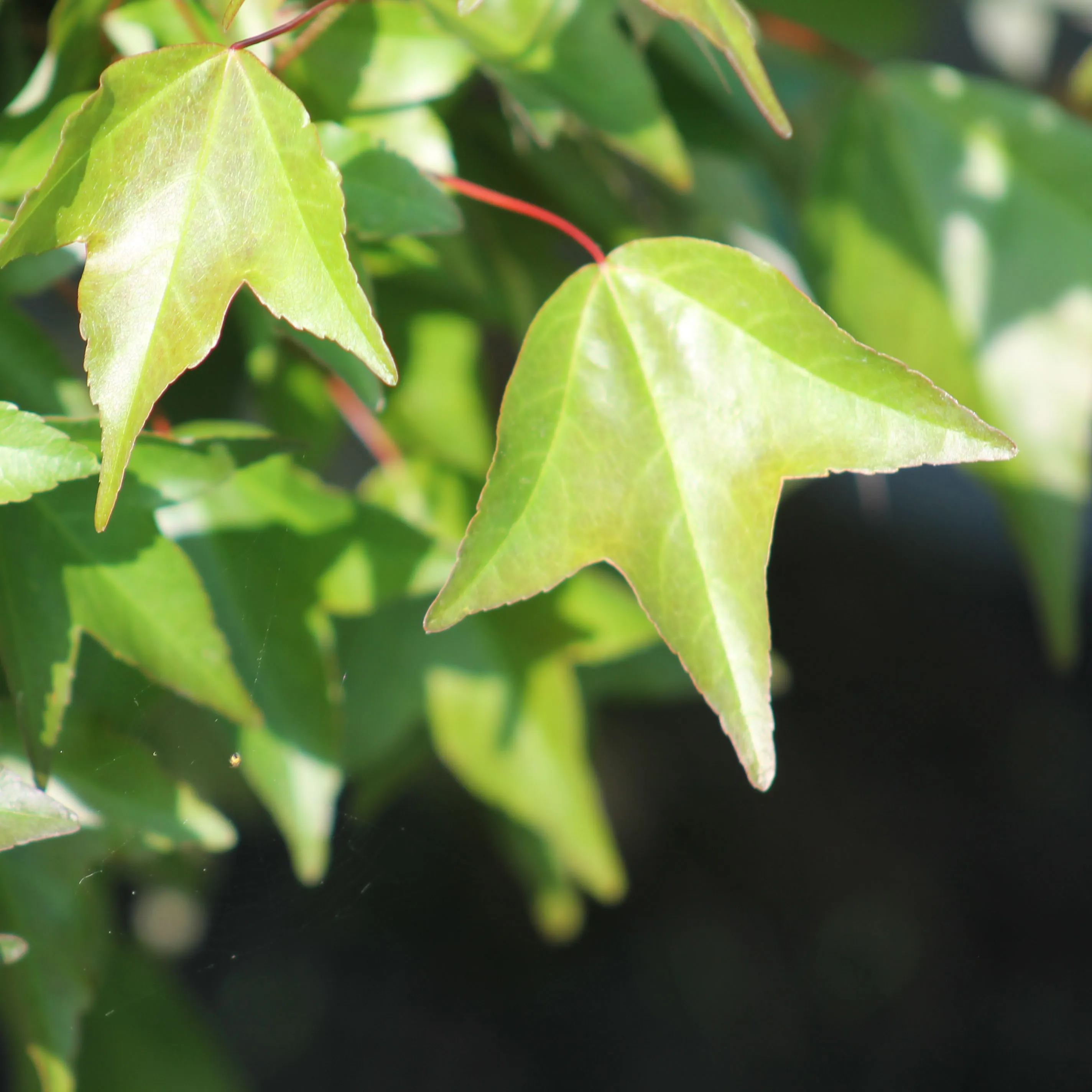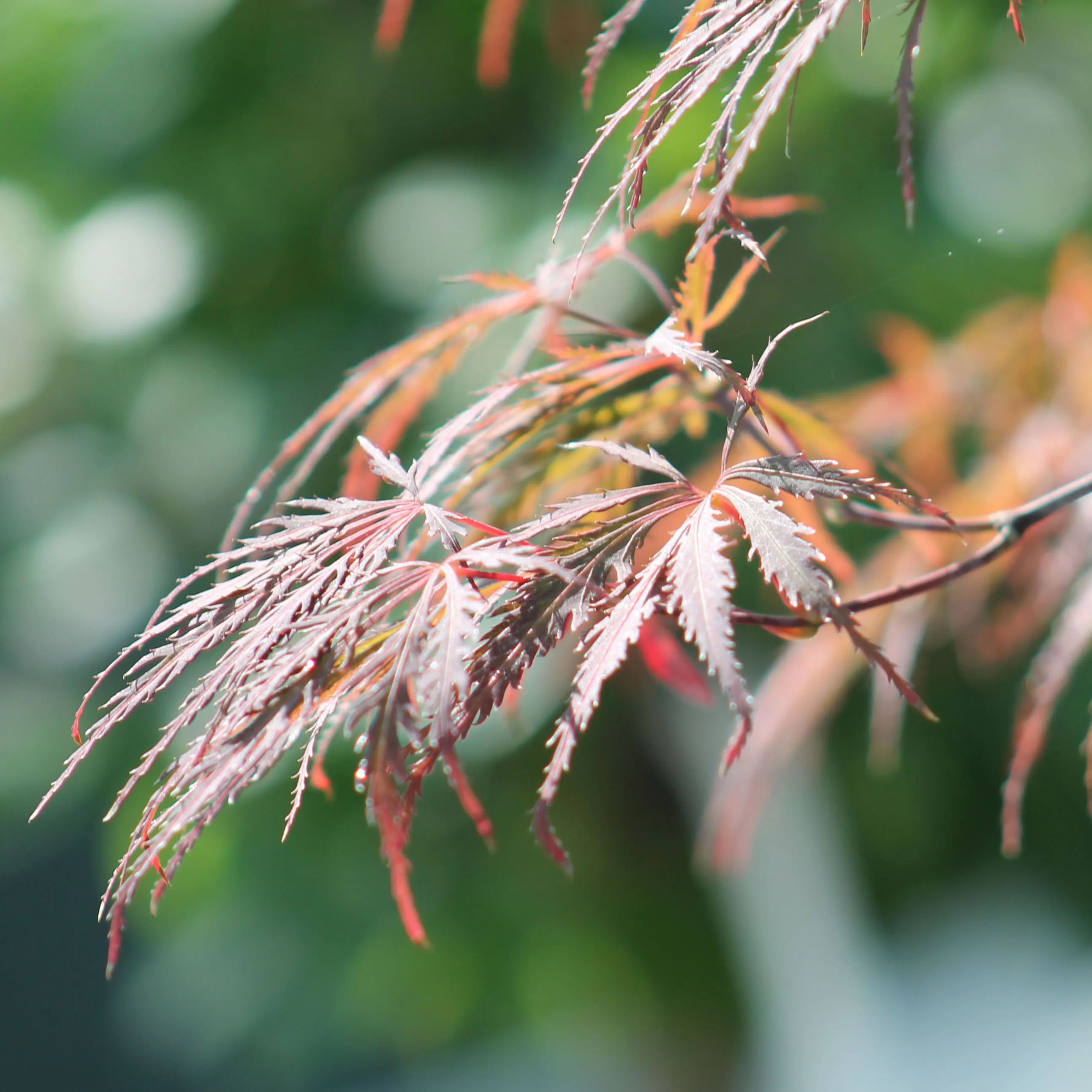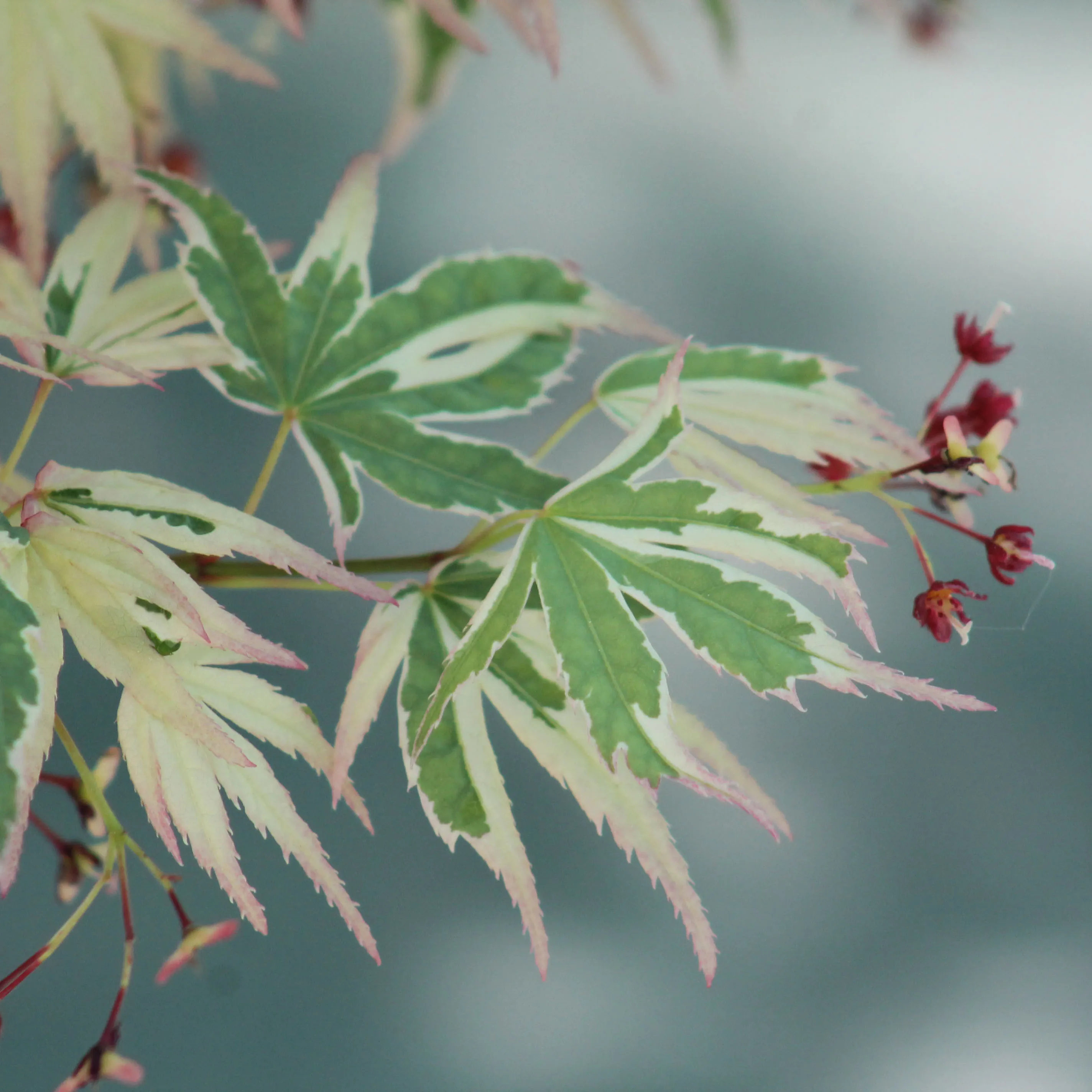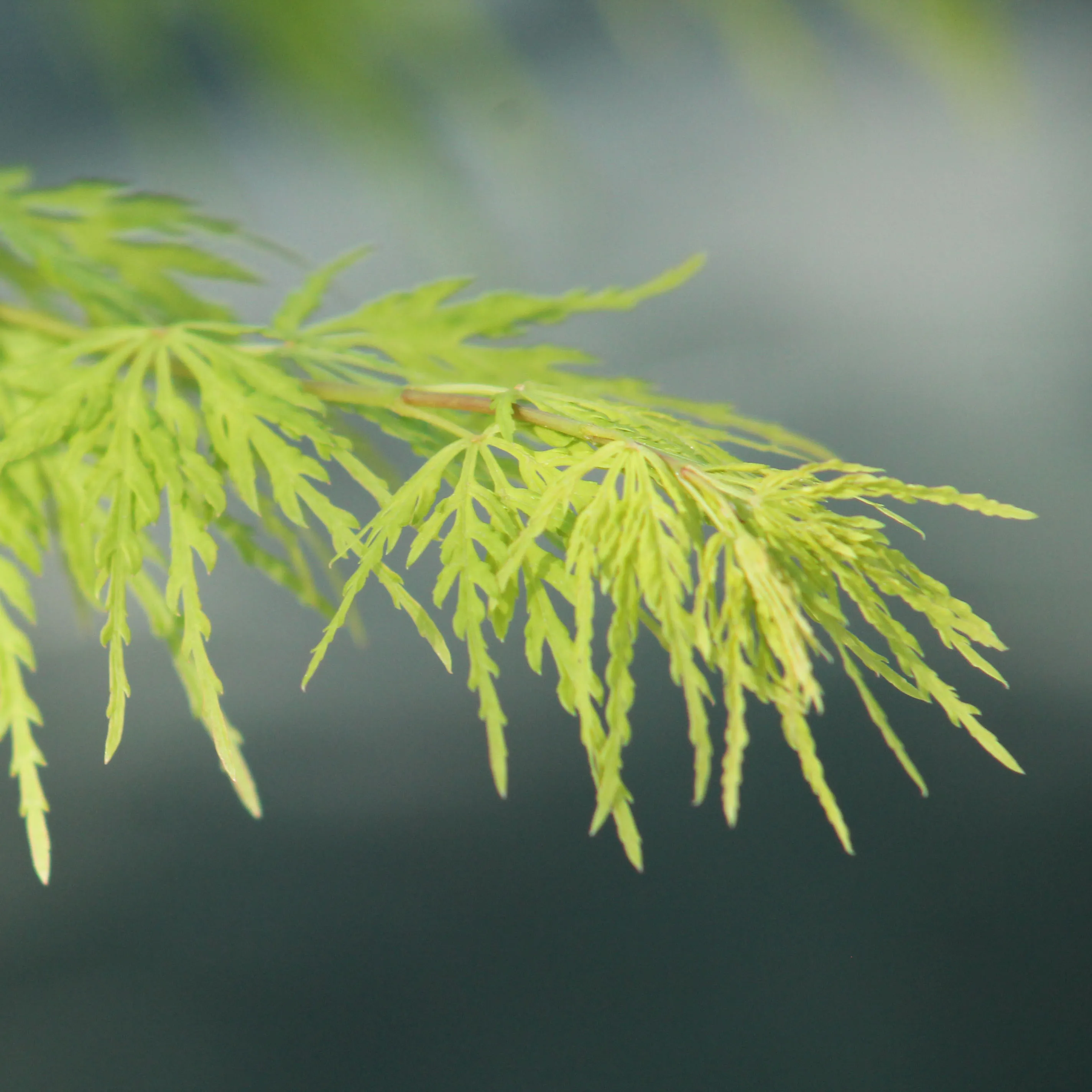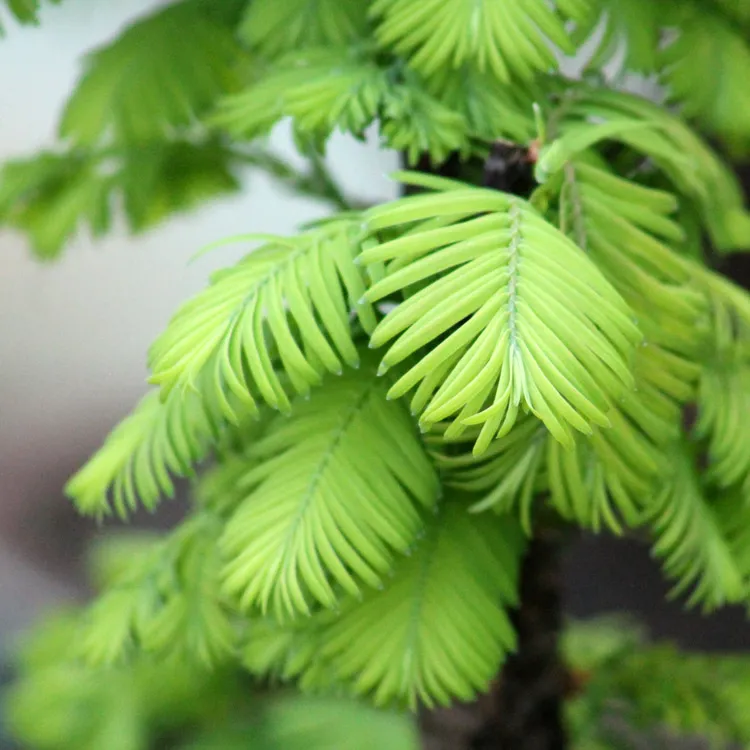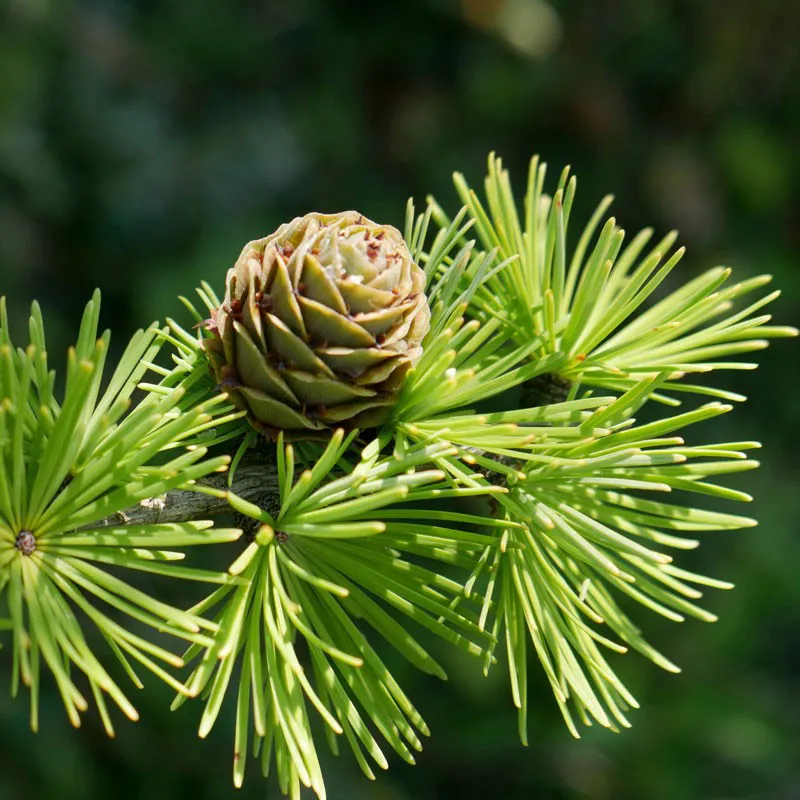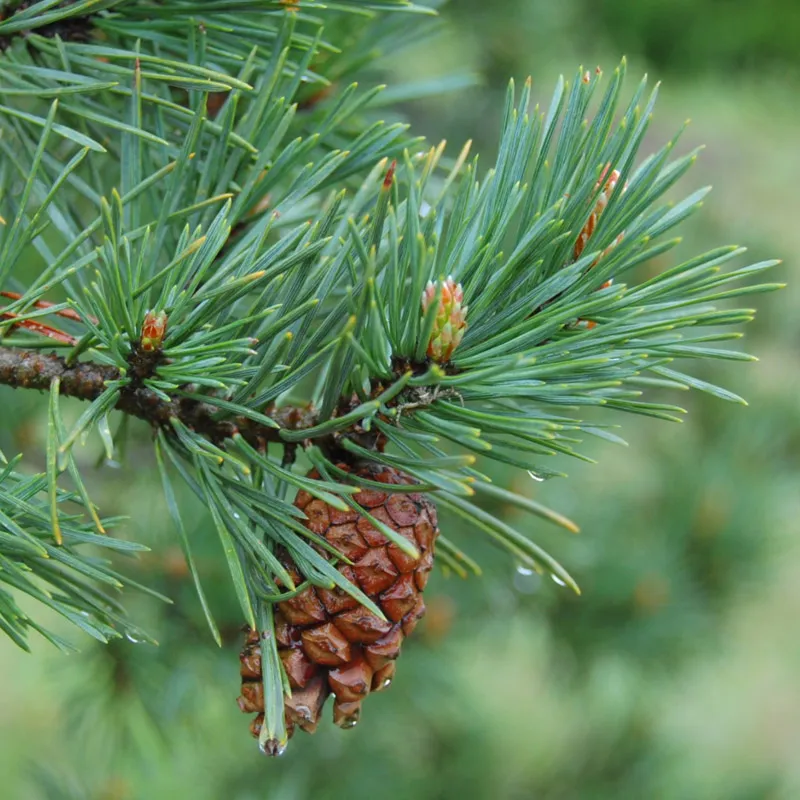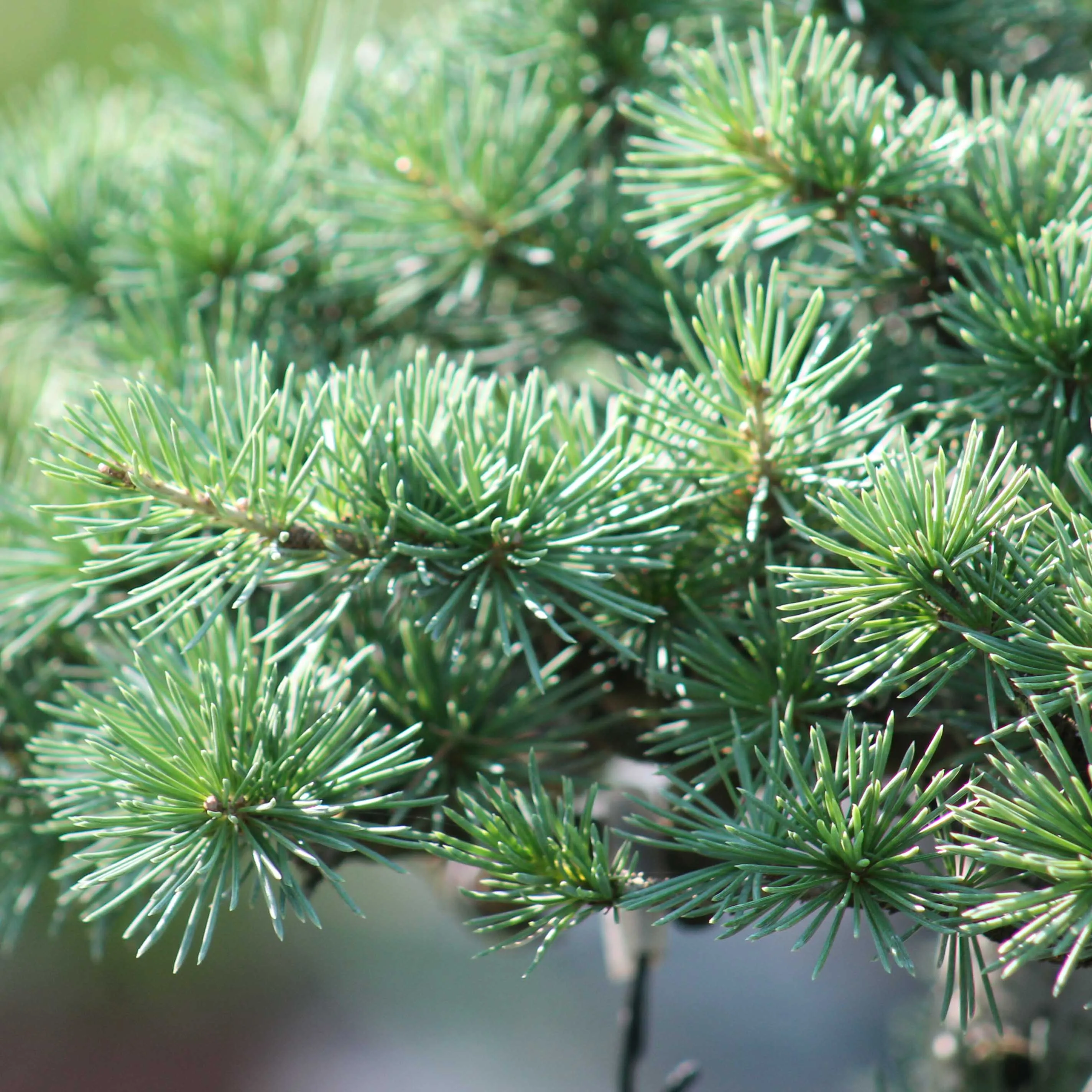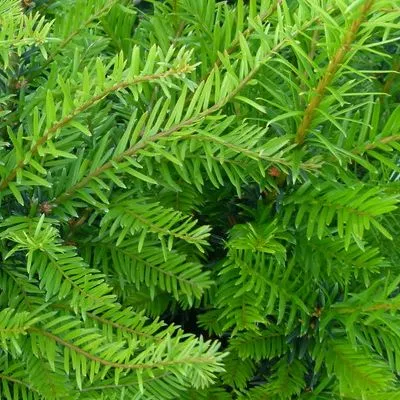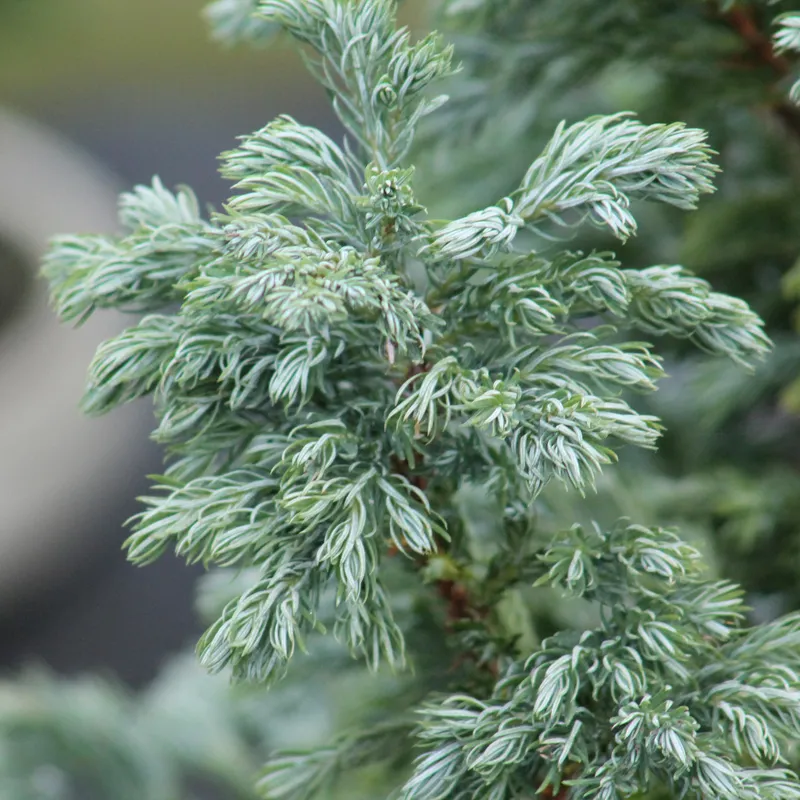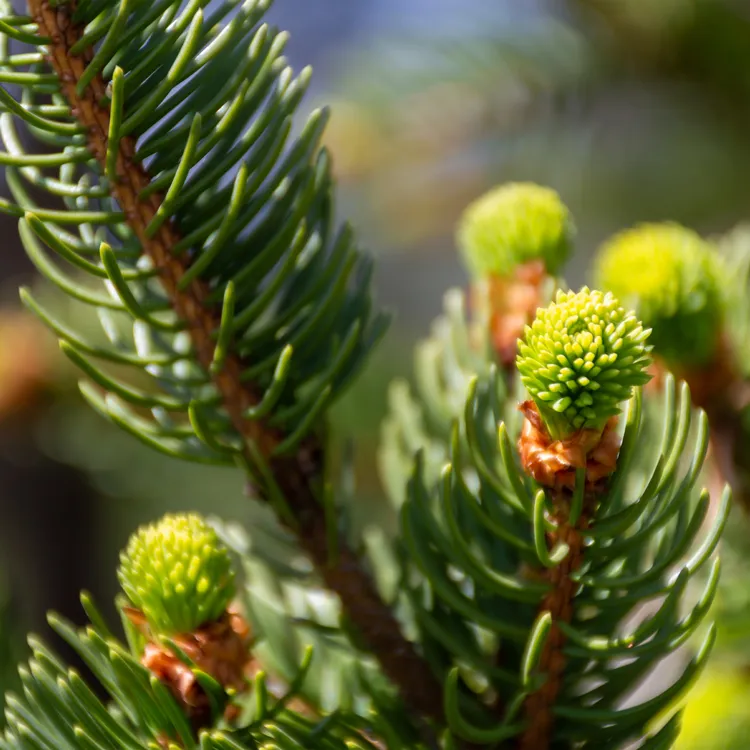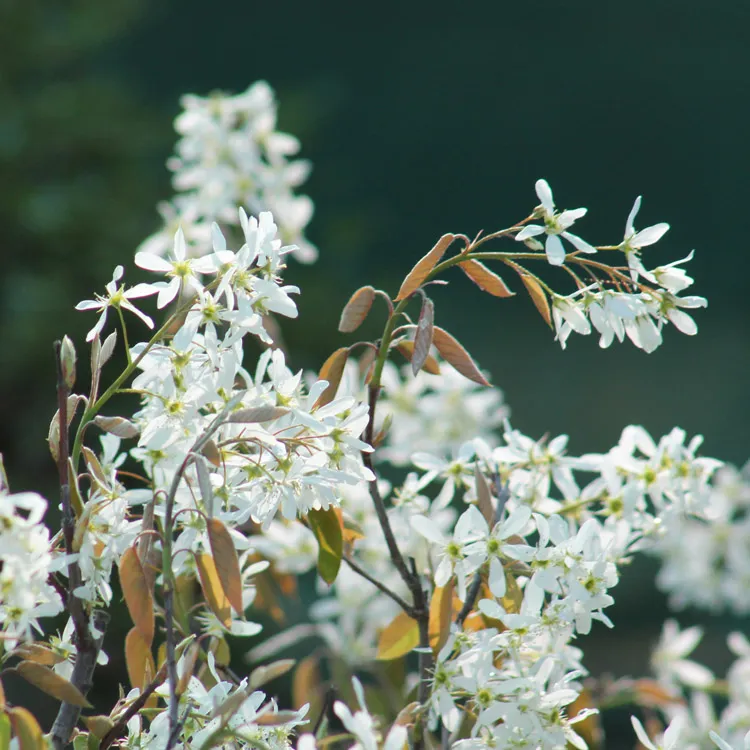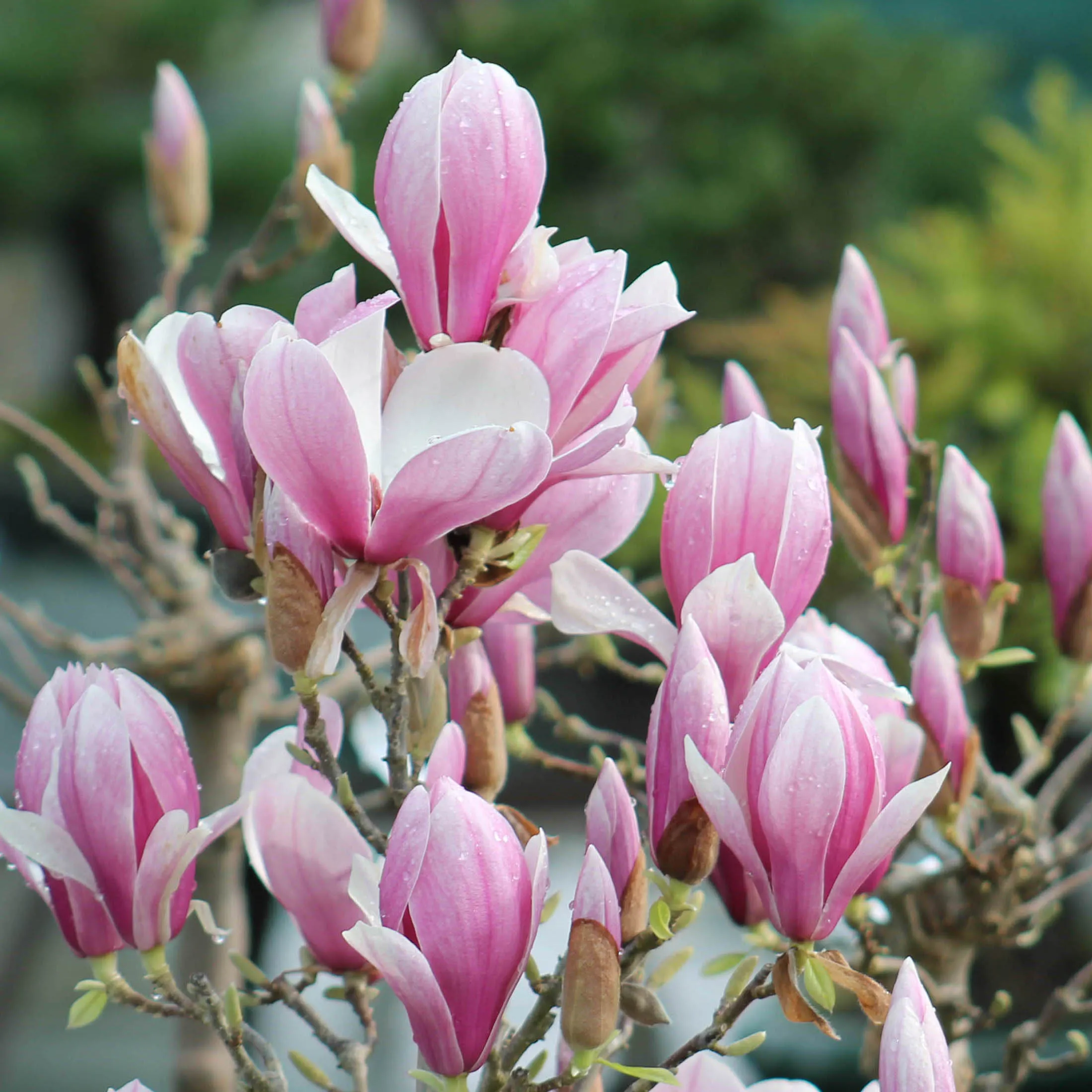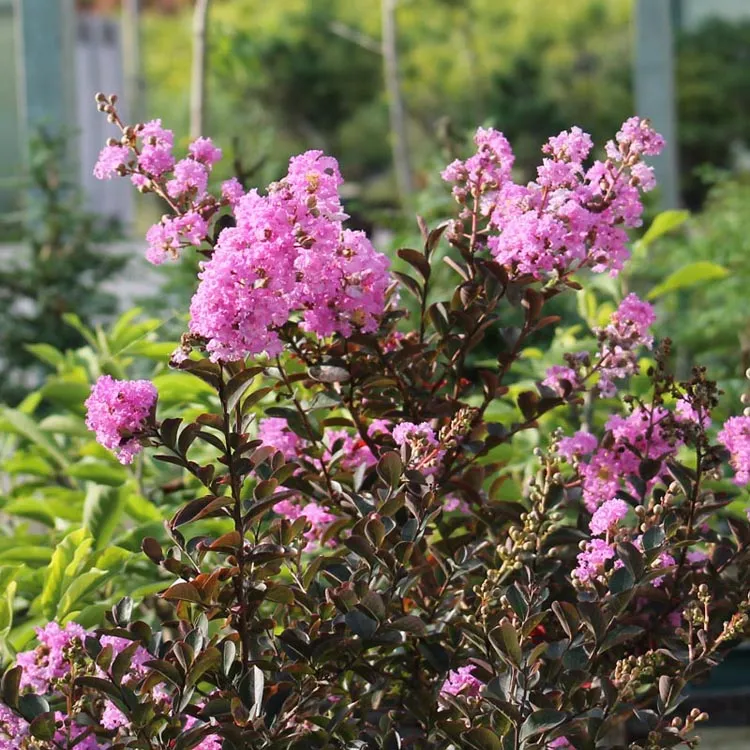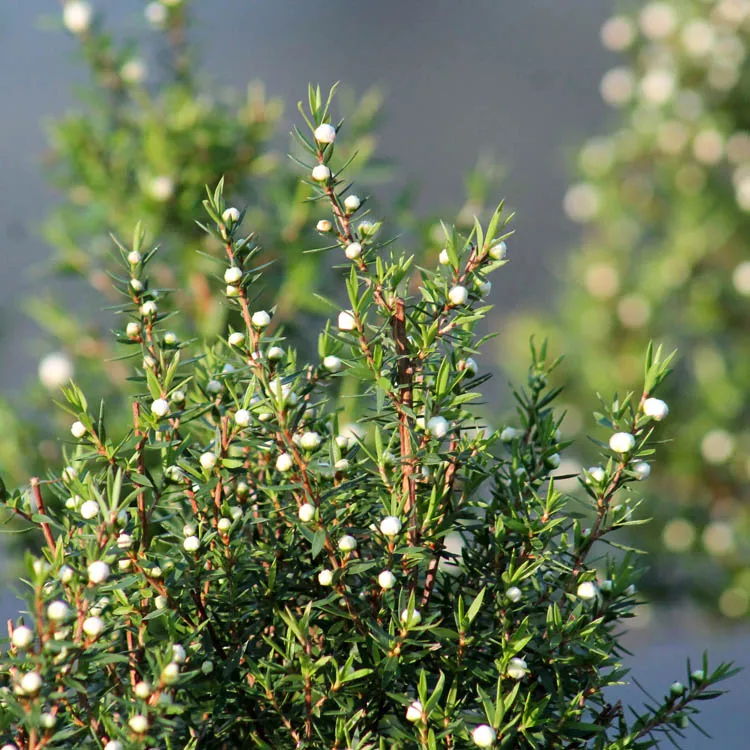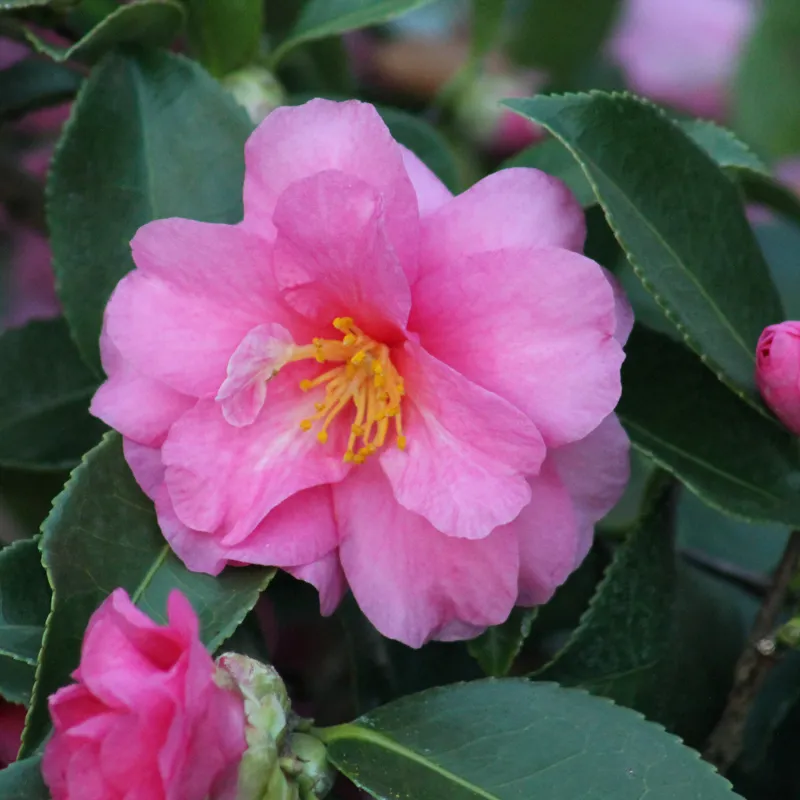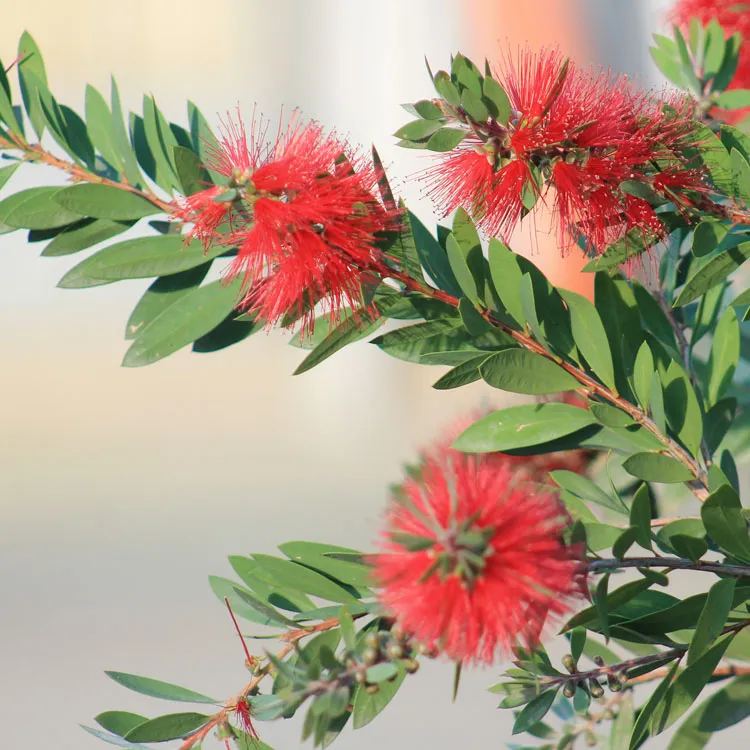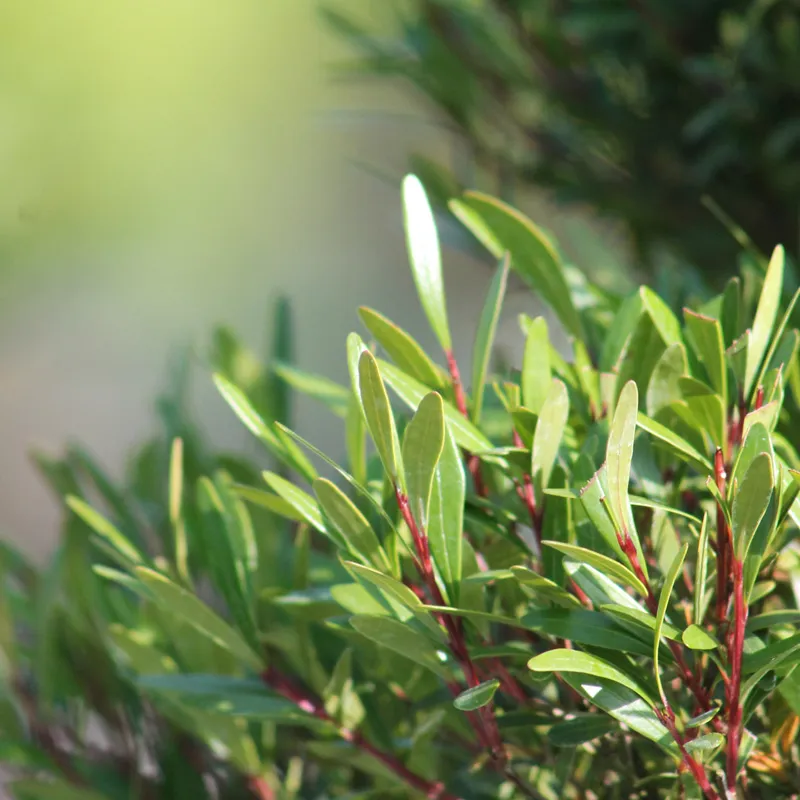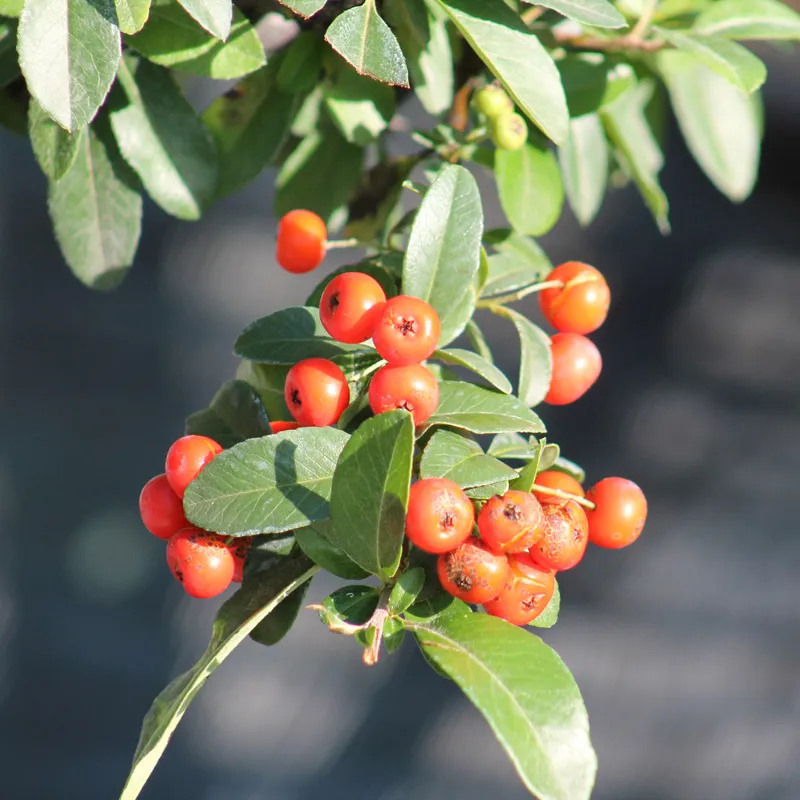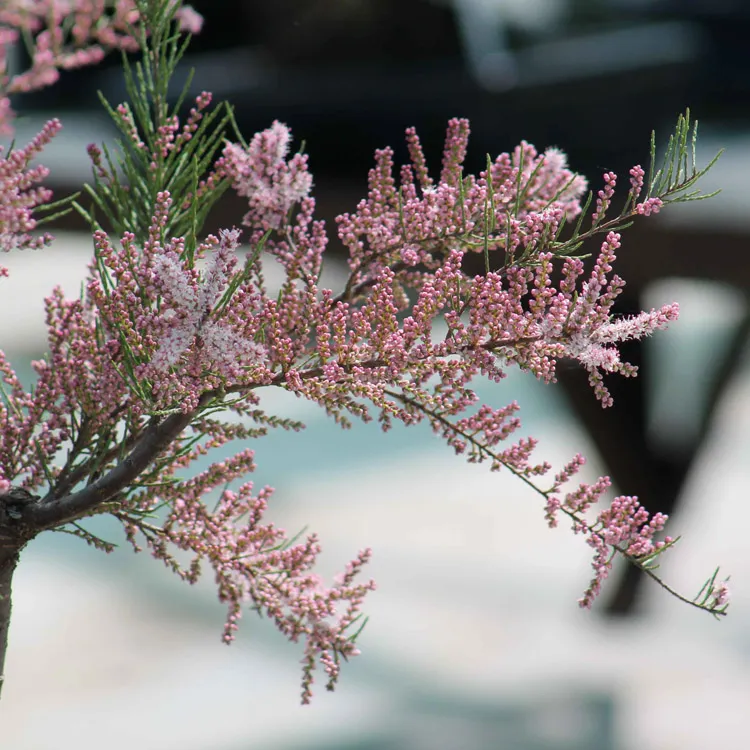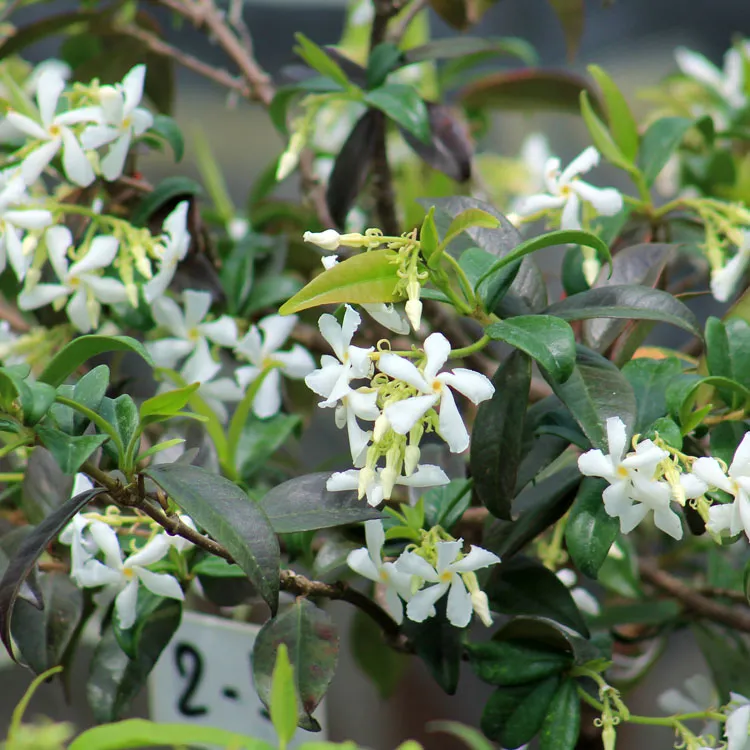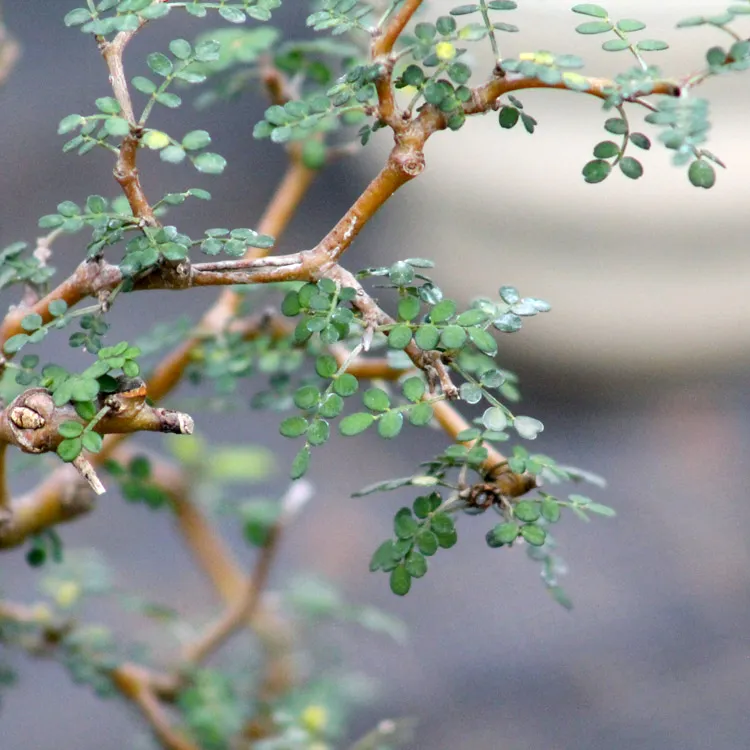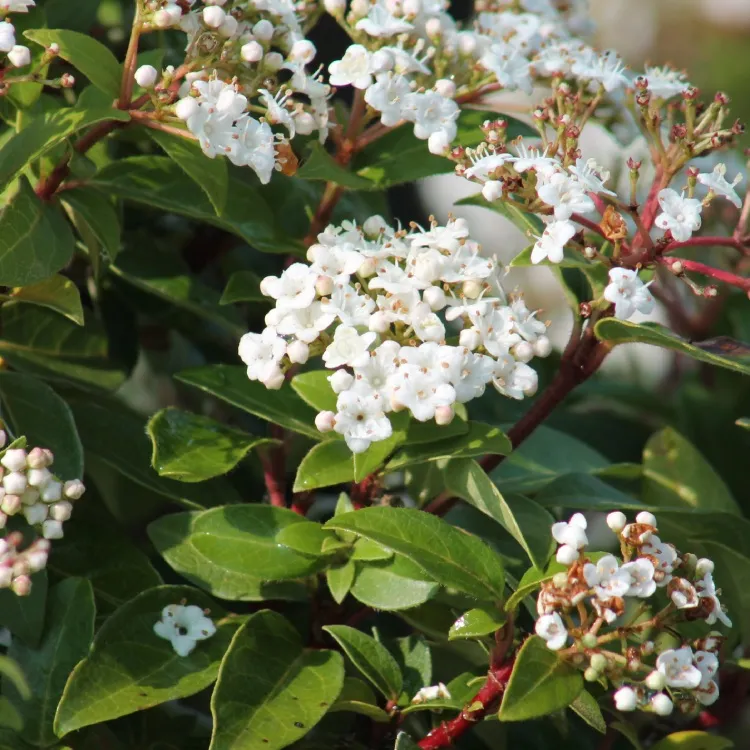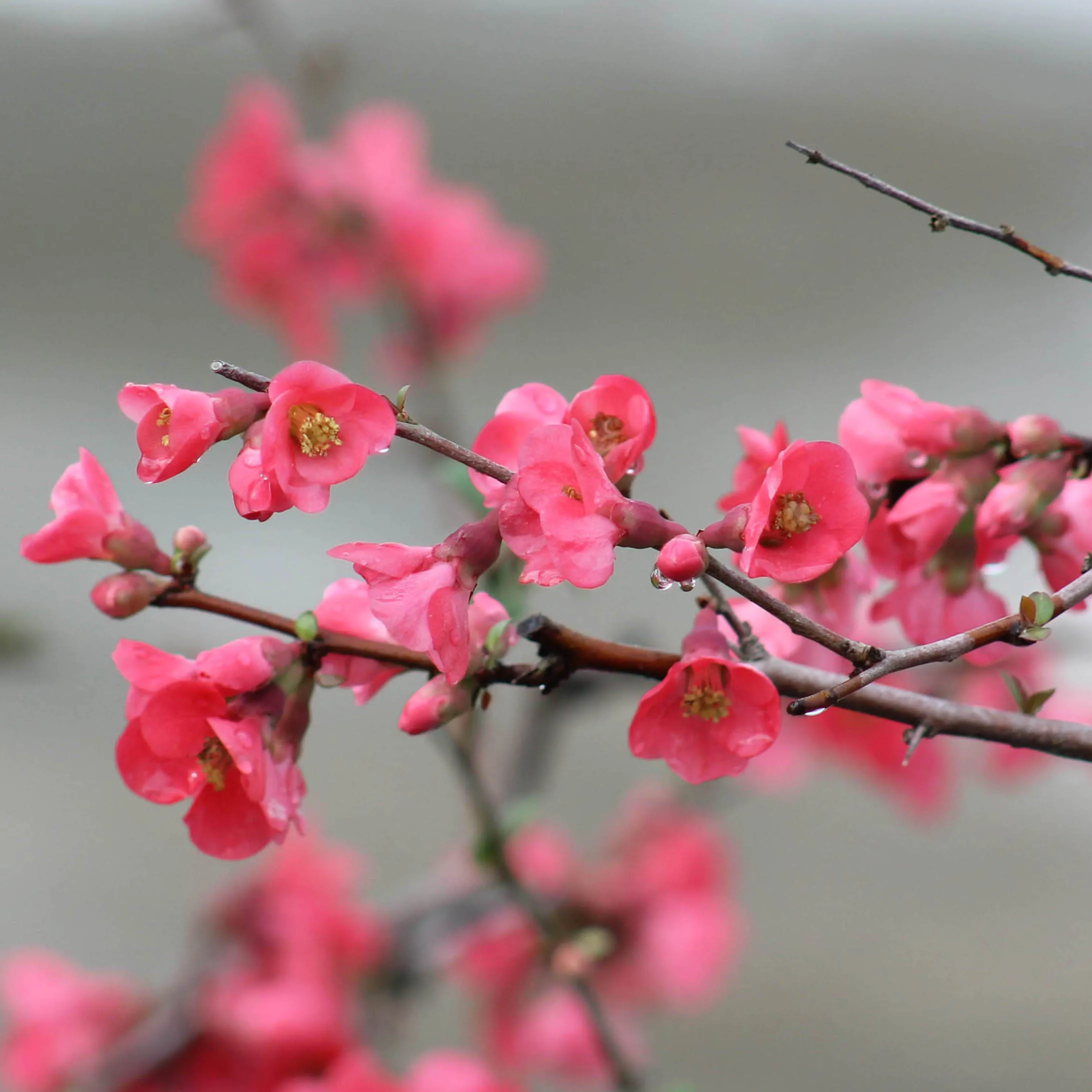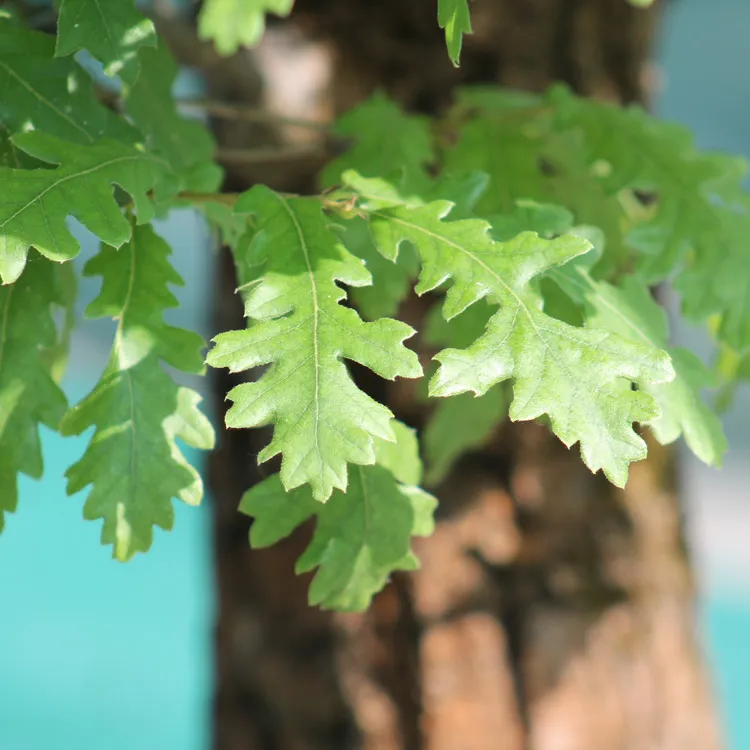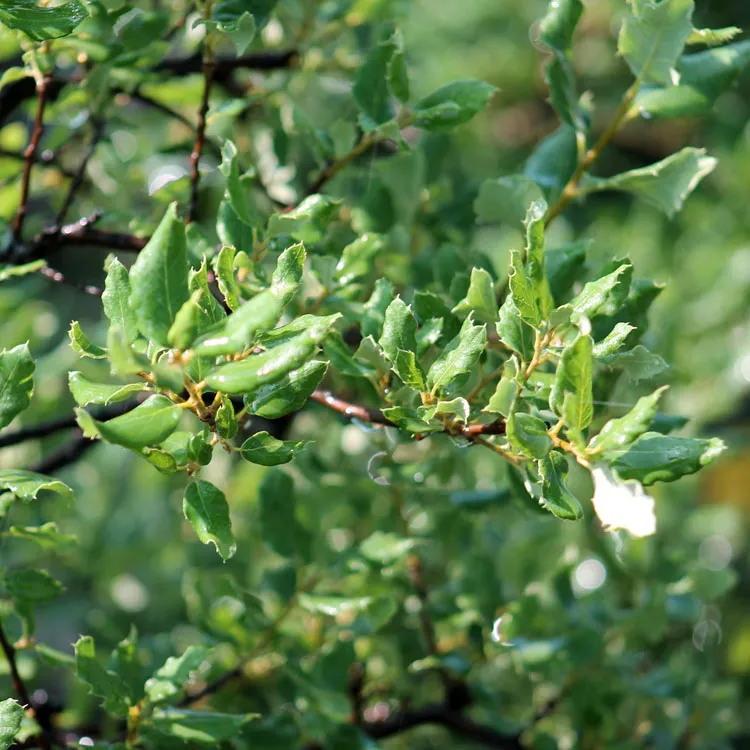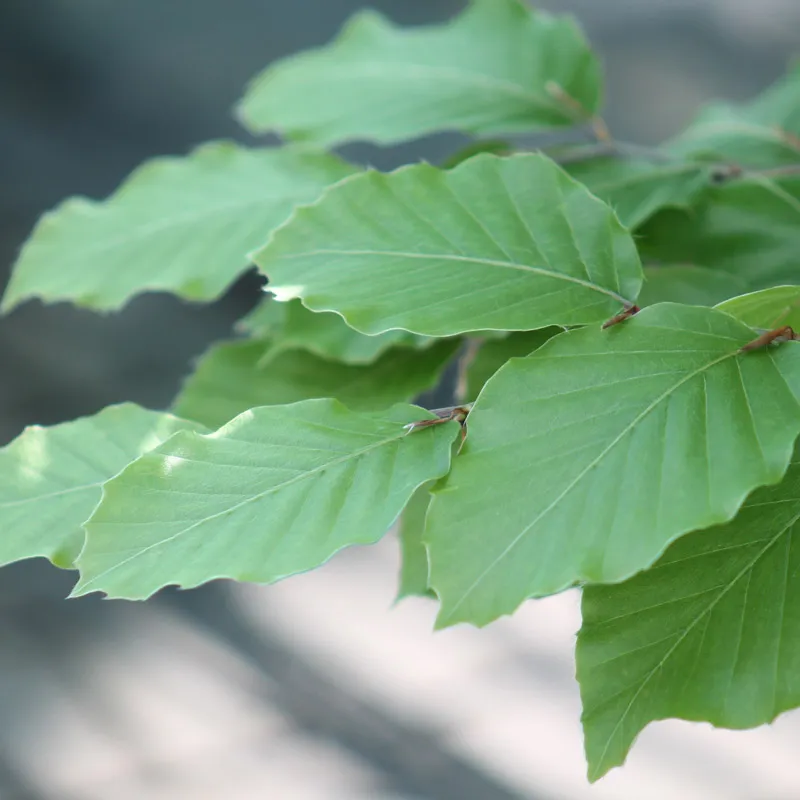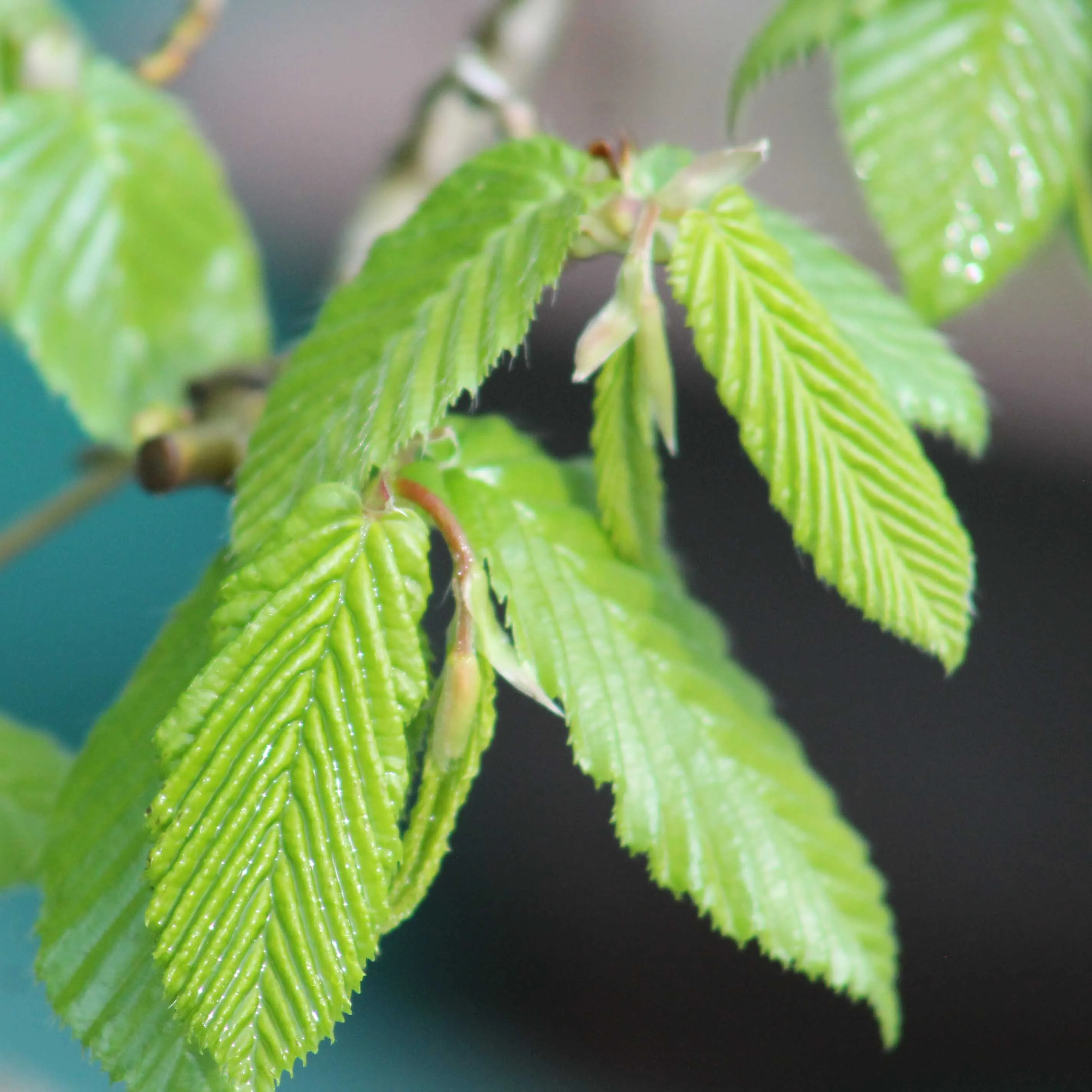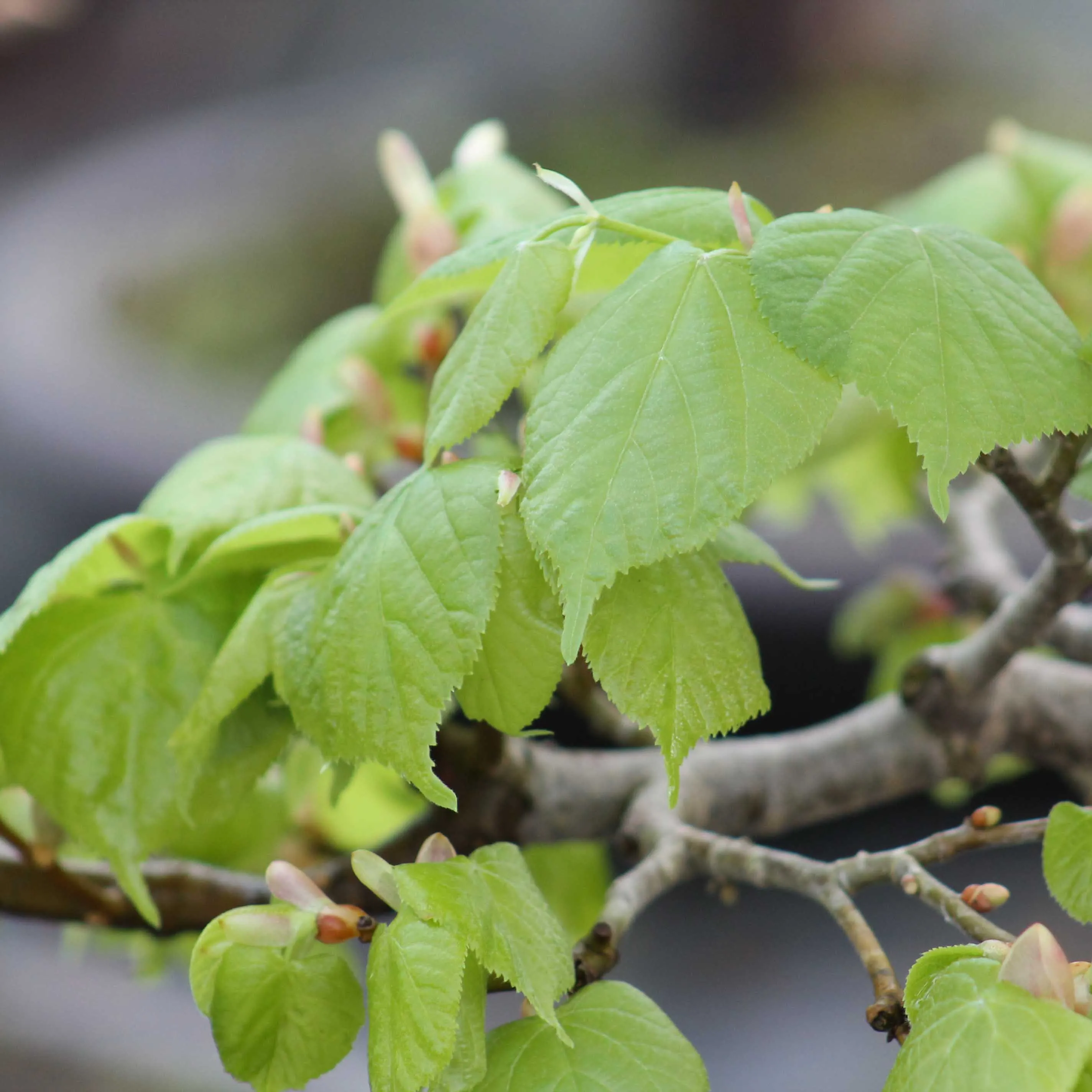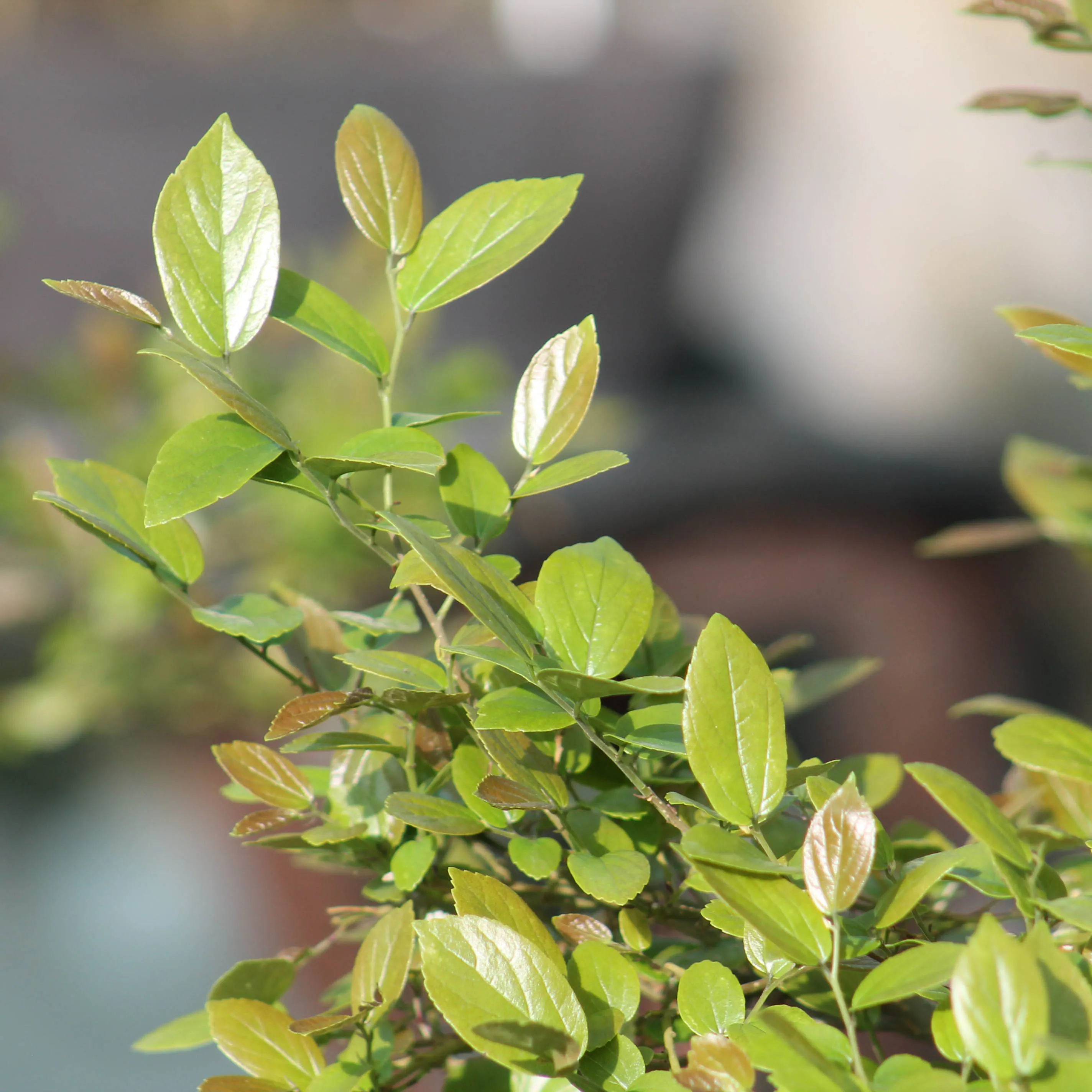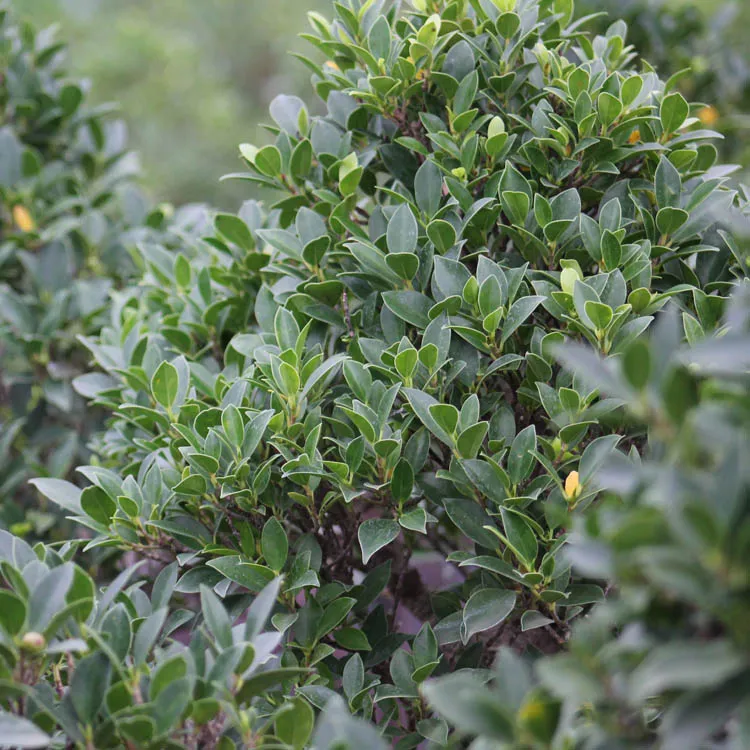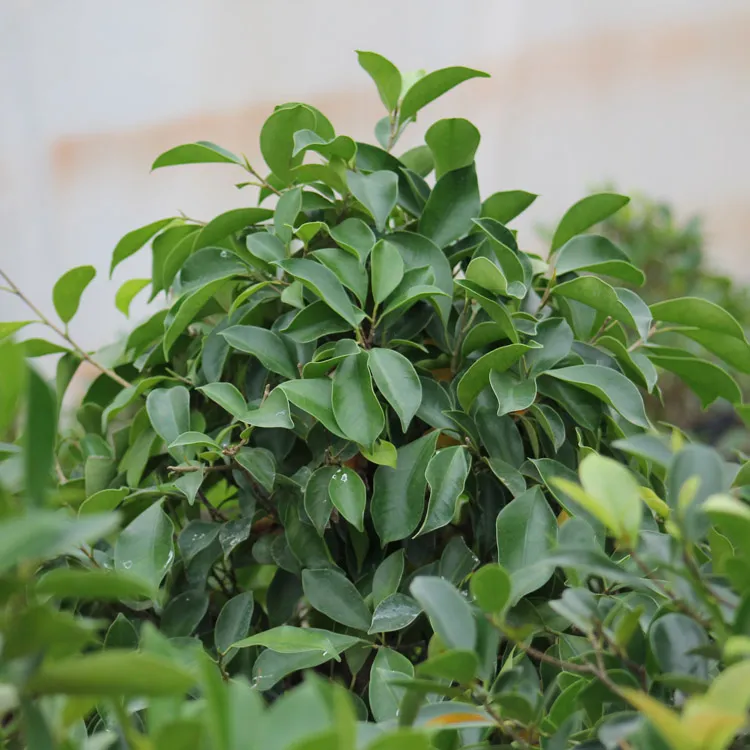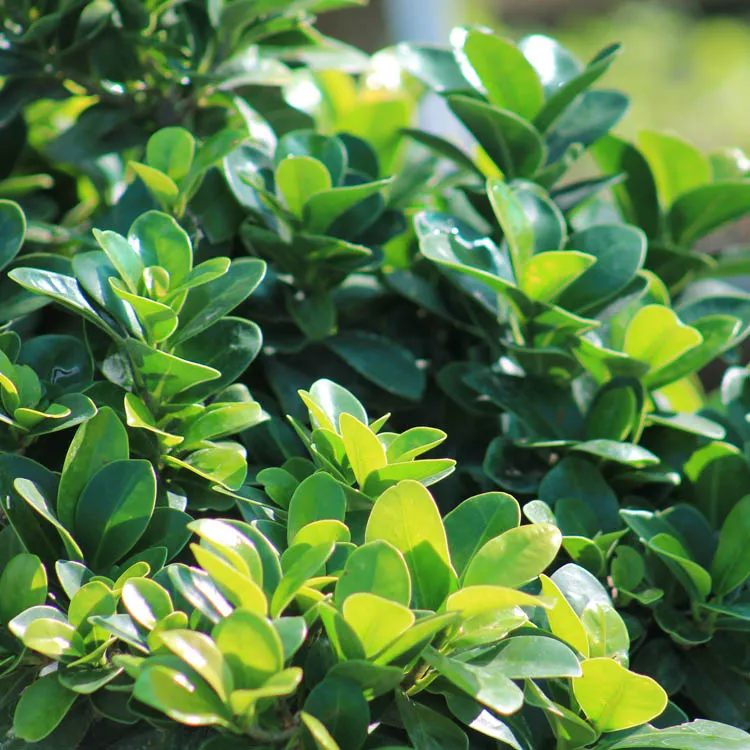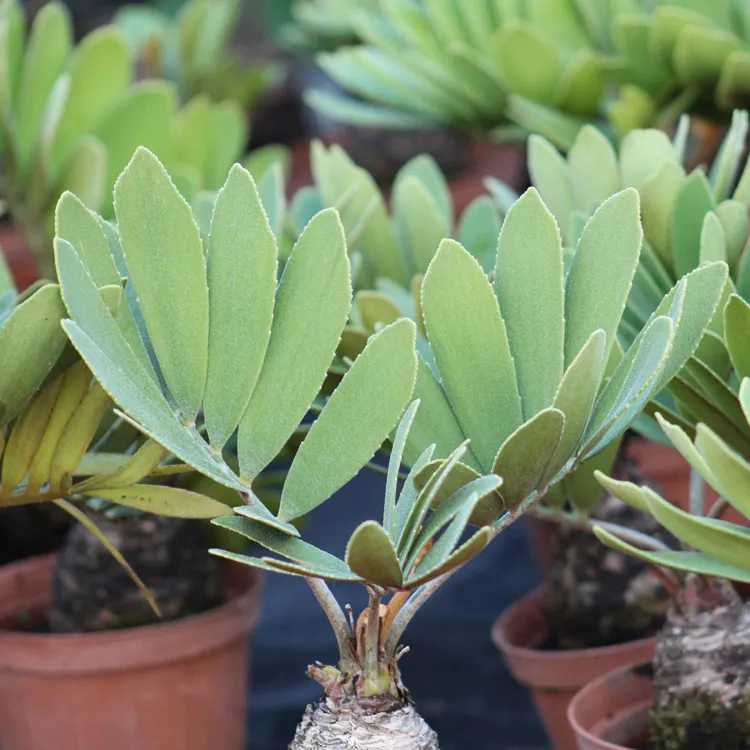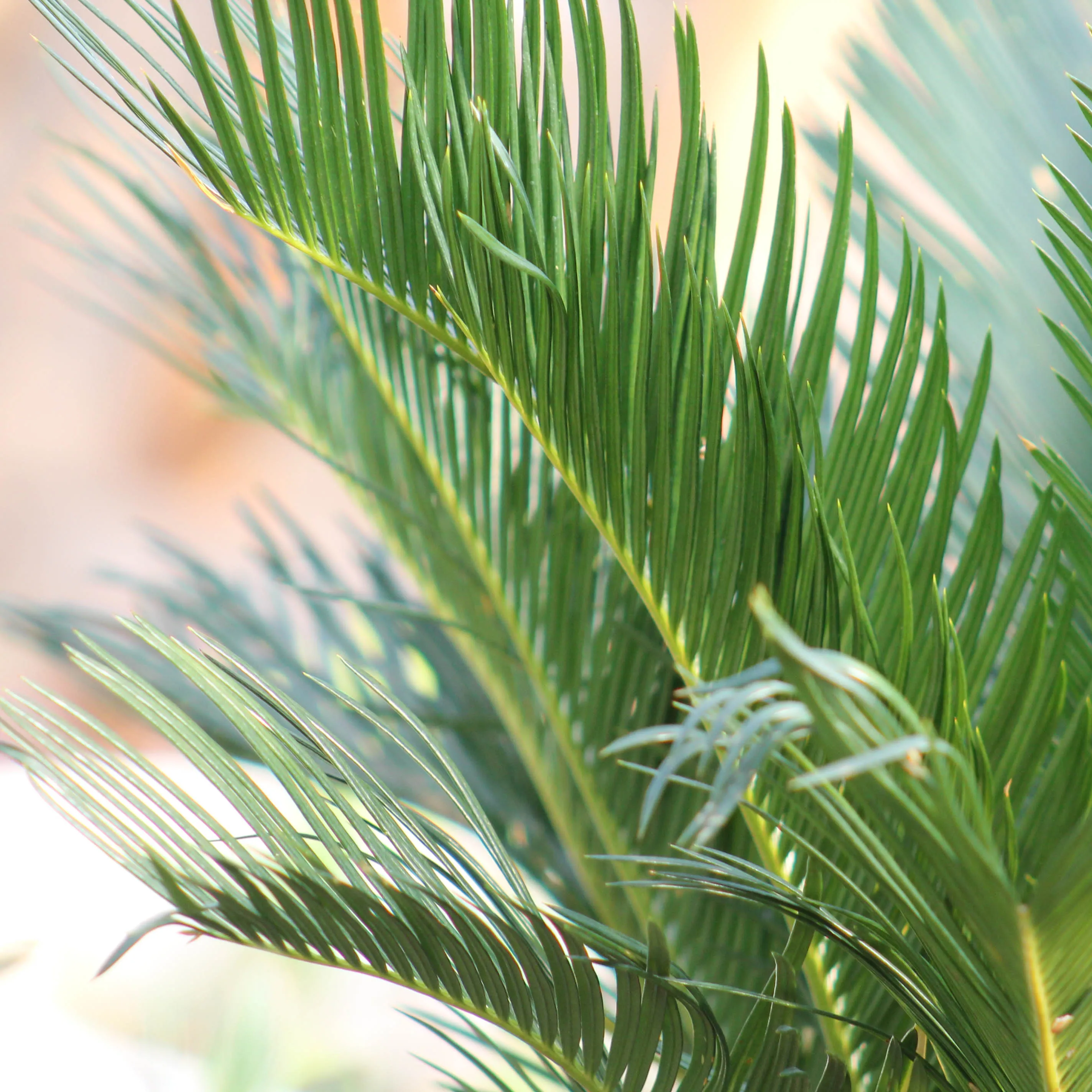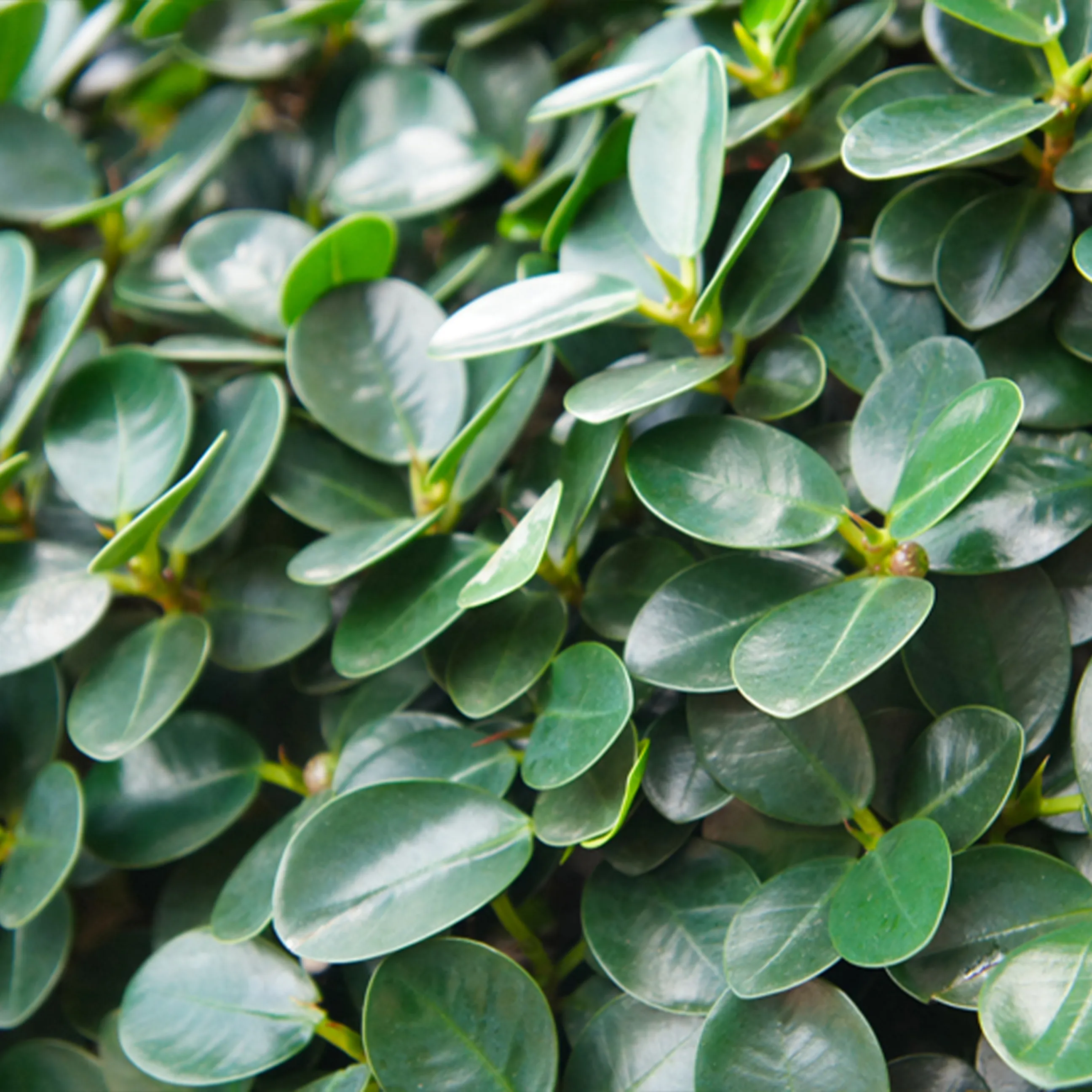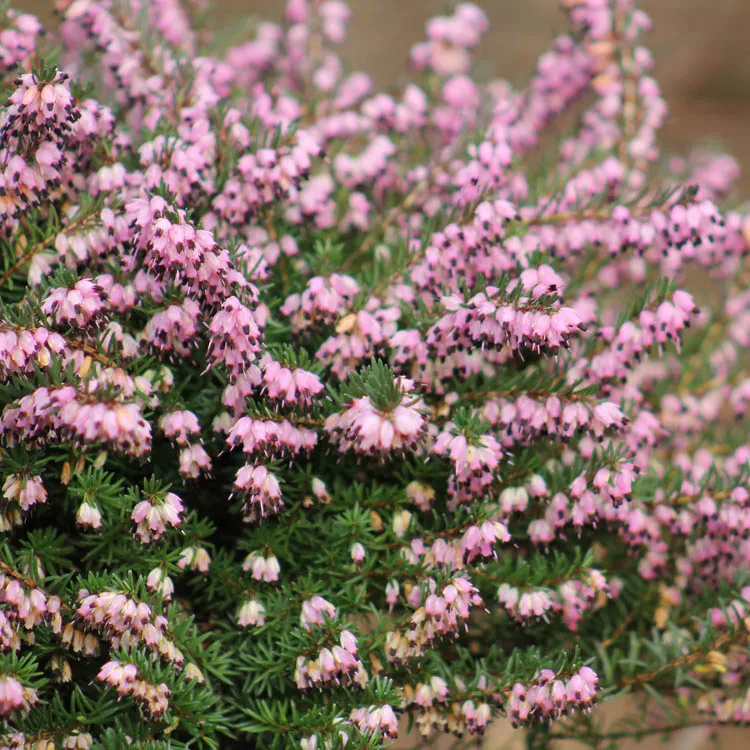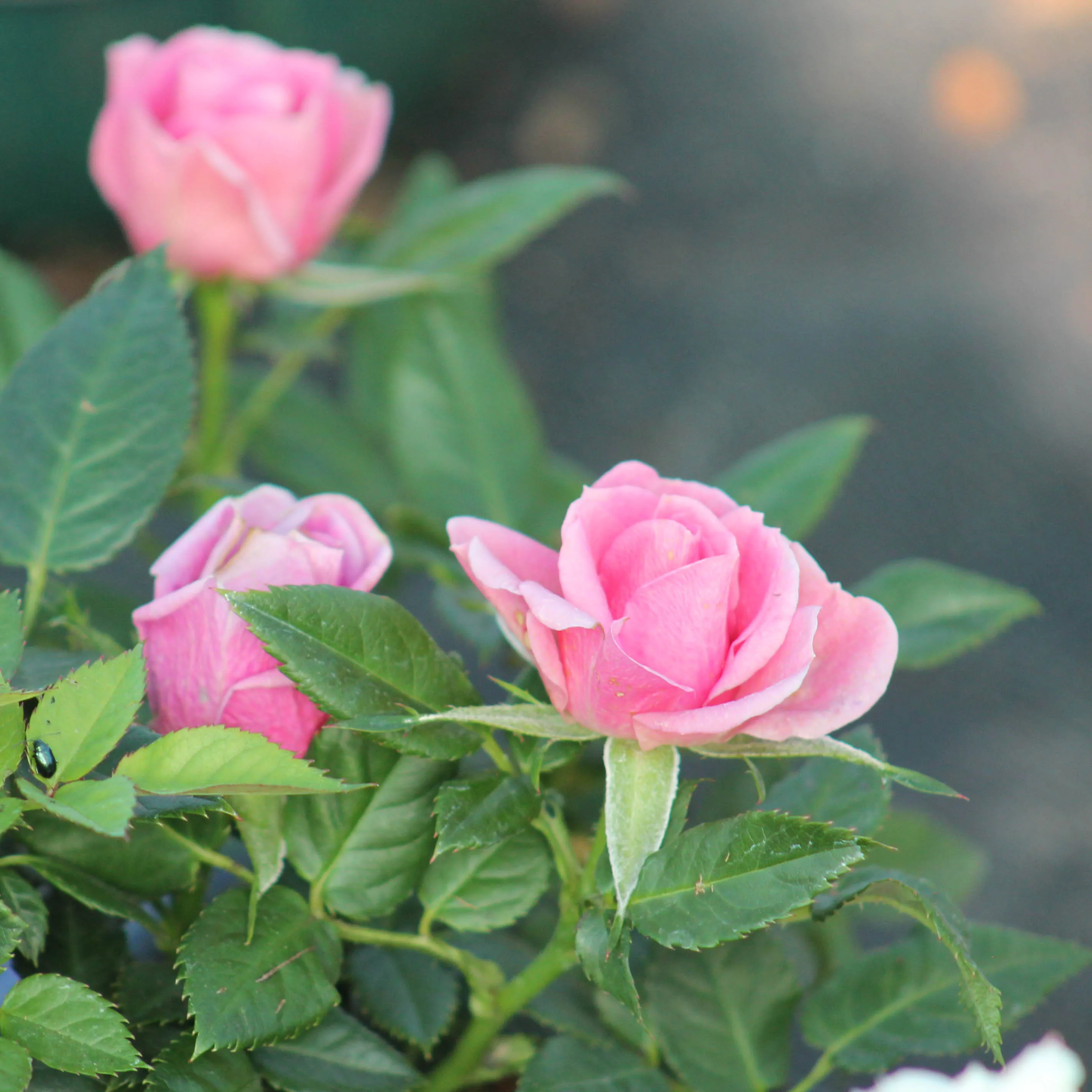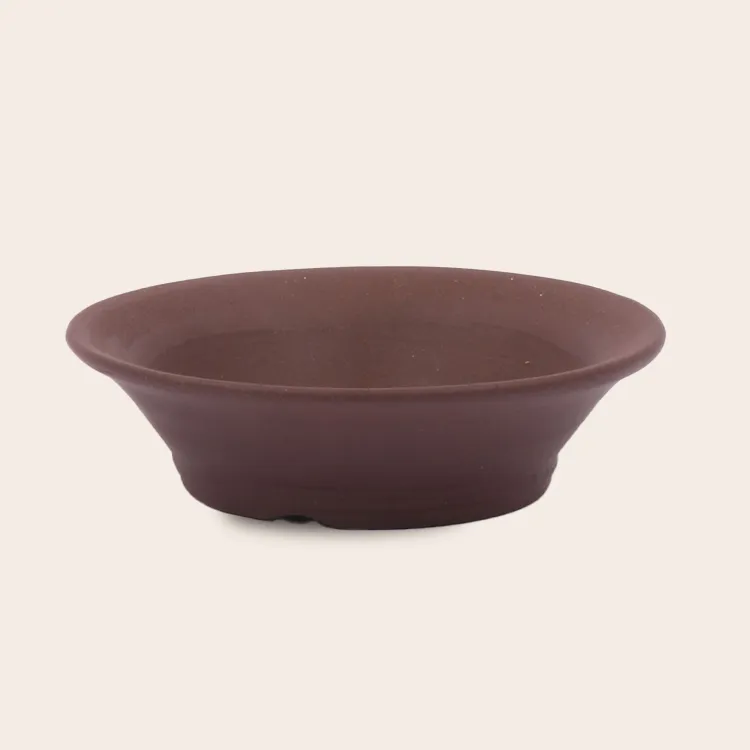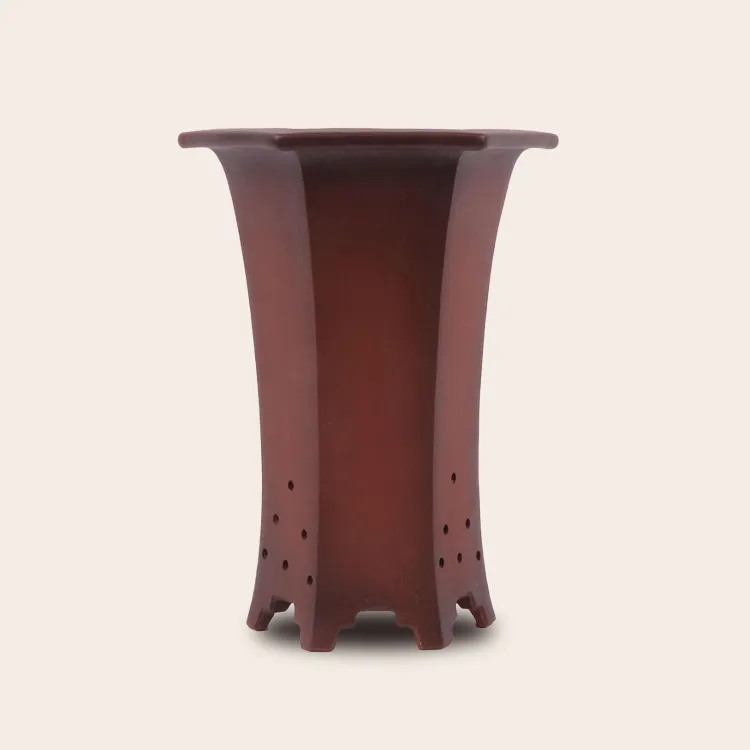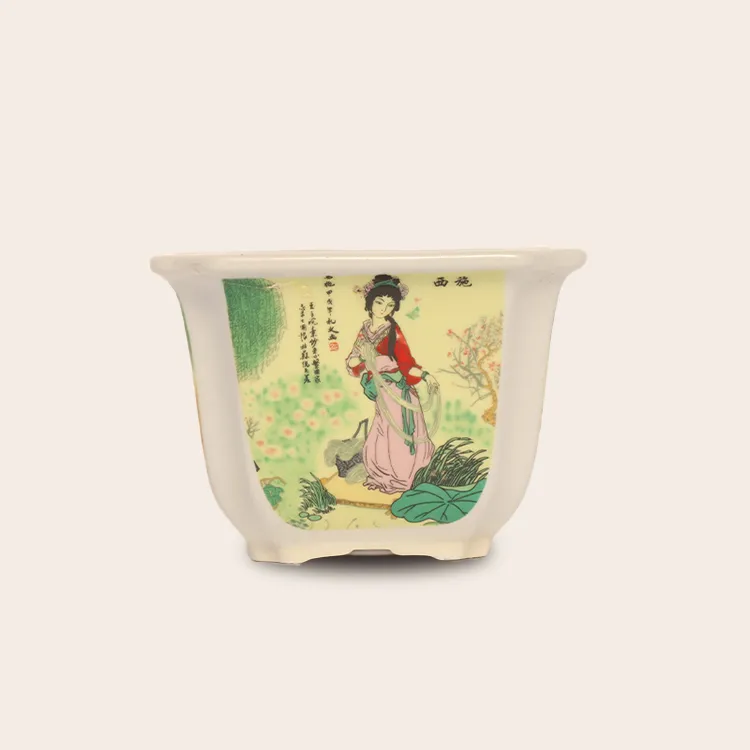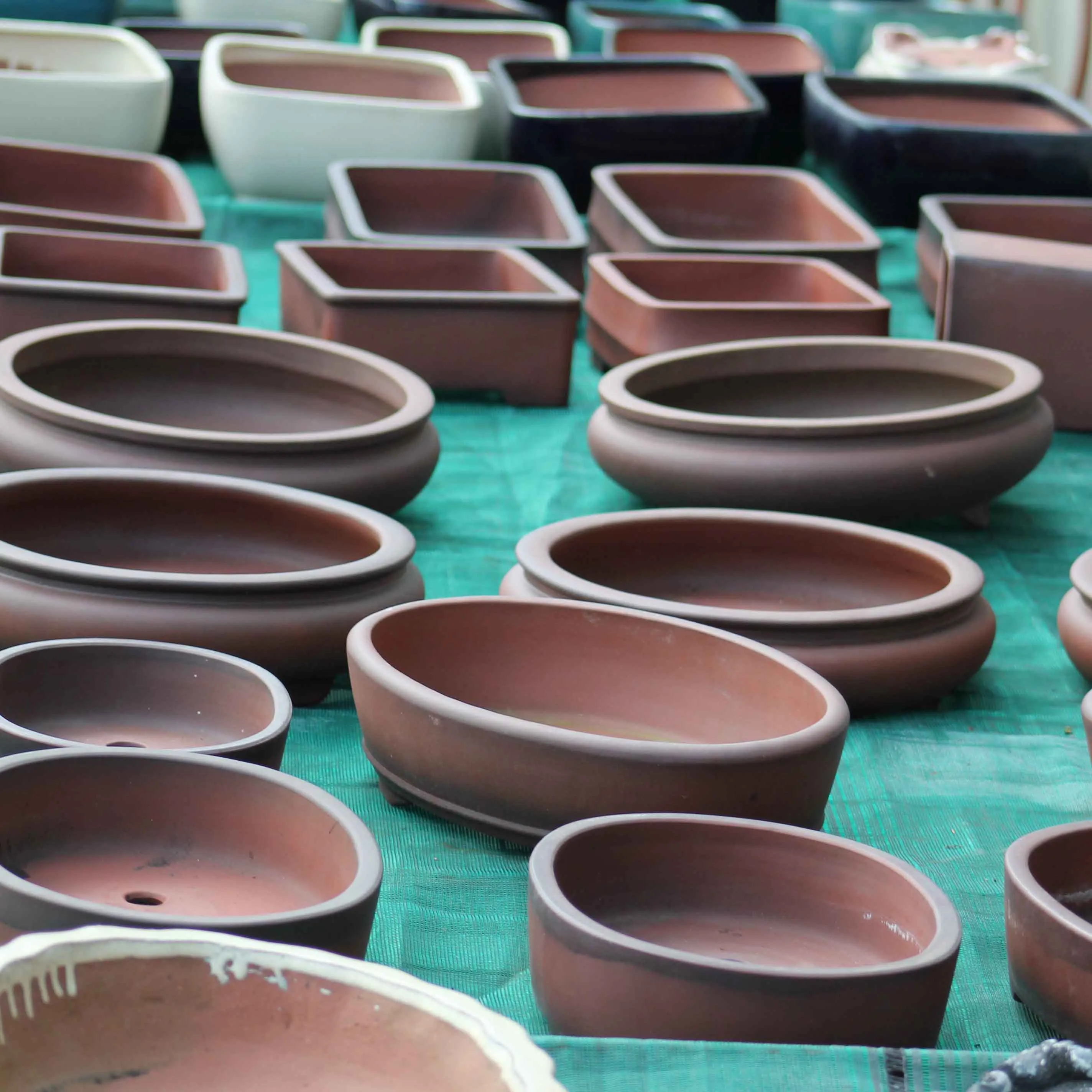A unique production method in France
Today in France, the vast majority of bonsai available for sale are imported.
Our nursery is an exception: we are one of the largest French producers who grow all our trees entirely on site, from young seedlings to fully trained bonsai.

This complete control of the production chain allows us to :
- Monitor the quality of each tree year after year
- Know their exact growing history
- Adapt the care according to the precise needs of each species and each specimen
- Guarantee that the trees are acclimated to our climate, whereas many imported bonsai come from very different environments
This independence and consistency in follow-up led to the development of a specific practice that has become our hallmark: alternating between field growing and pot culture.
Why plant bonsai in the ground ?
Bonsai is naturally associated with pot cultivation. Yet in our method, growing in the ground is an essential step in shaping the tree.
This phase allows the roots and trunk to take full advantage of the soil’s resources for optimal development.
The benefits are numerous :
- Thicker, stronger, longer-lasting trunks capable of supporting advanced branching
- Trees that develop a naturally harmonious structure, with well-formed branches from the early years
- Faster development of young plants, saving several years compared to exclusive pot cultivation
This technique does not question the art of bonsai: it prepares the tree to become a high-quality bonsai when it returns to a pot.
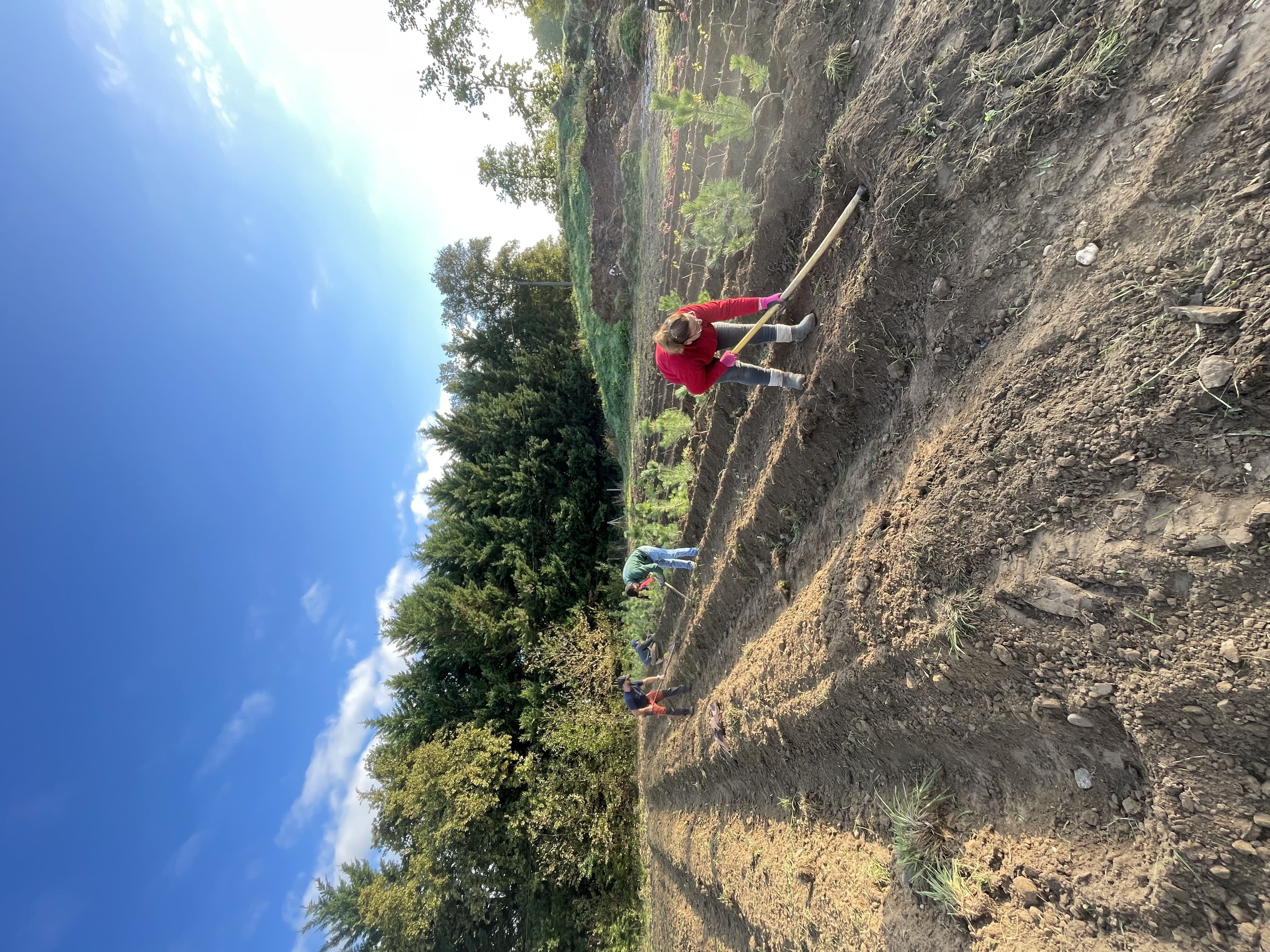


A controlled duration : two to three years in the ground
Ground growing is never permanent.
On average in our nursery, a tree stays in the ground for two to three years, depending on :
- Its age and stage of development
- Its vigor
- The characteristics of its species
Young plants develop naturally in the ground, while some already-trained bonsai may return there temporarily if they show signs of weakness.
This is a thoughtful rotation, adapted to each tree.
This work requires constant observation, as every specimen reacts differently to its environment.
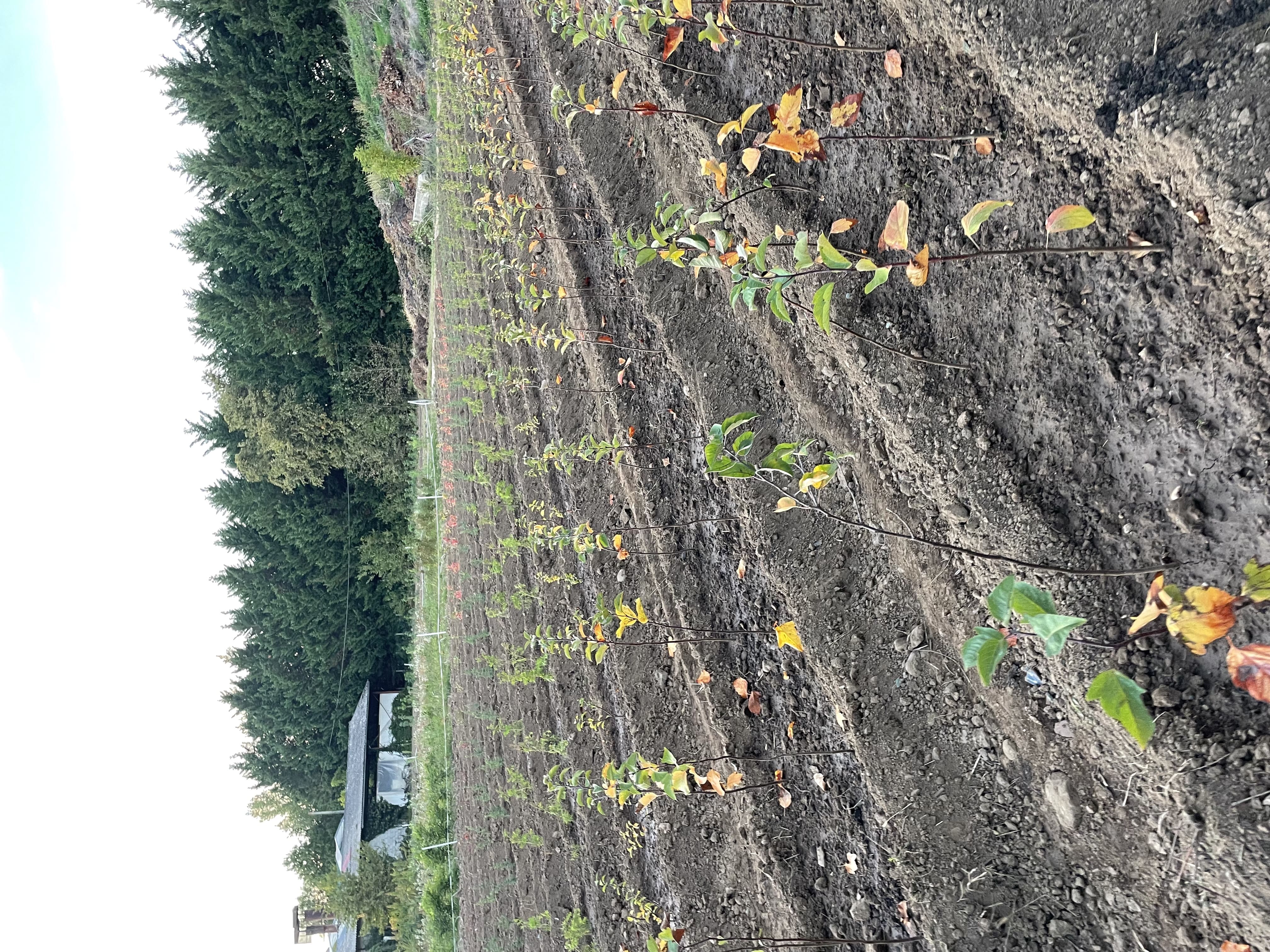

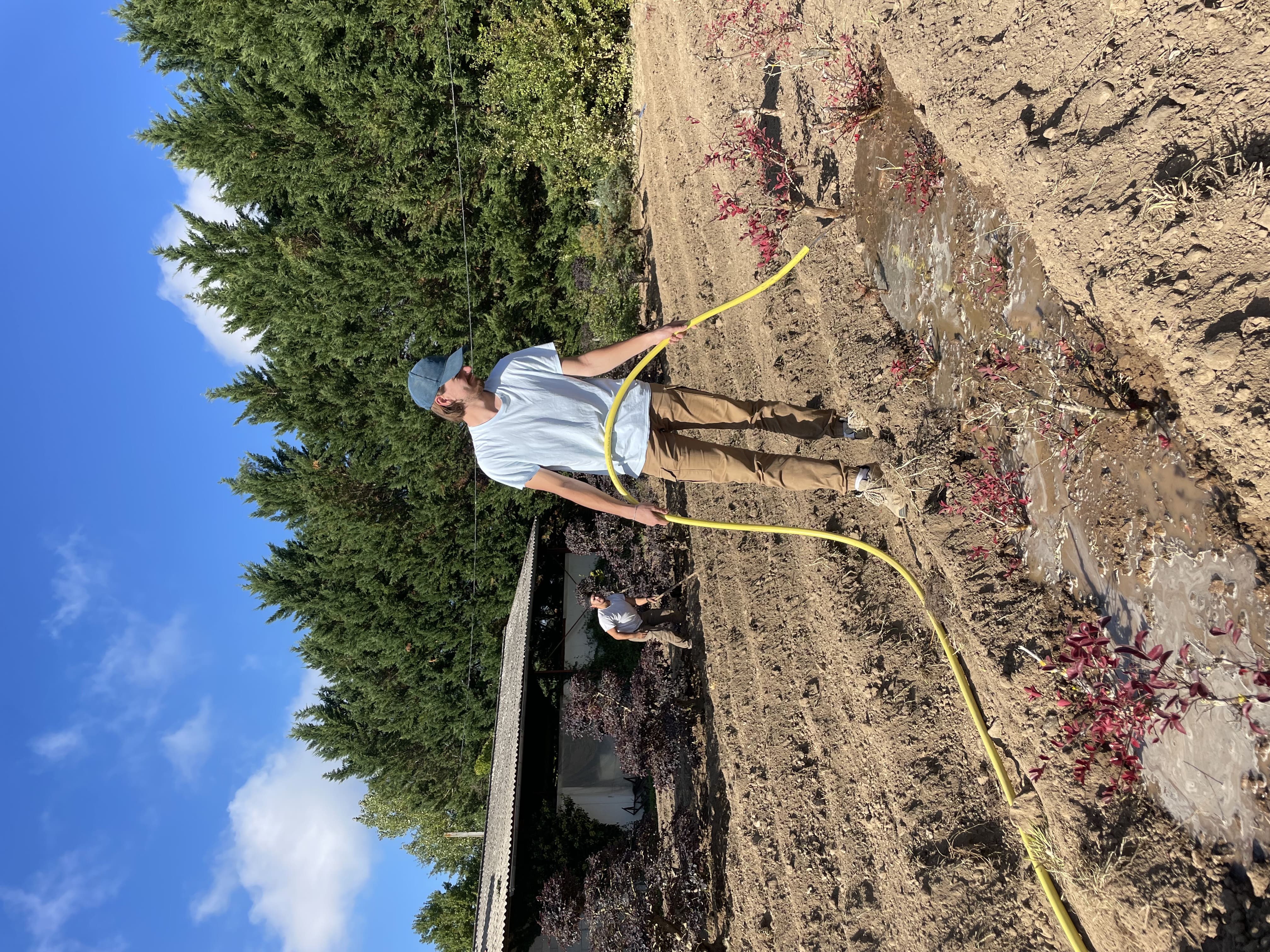
Forty years of experience and knowledge transmission
This method was developed and refined more than forty years ago by the founder of the nursery, Mr. Galinou.
This expertise is based on :
- Strong agronomic experience
- In-depth knowledge of species and their behaviors
- The ability to anticipate how a tree will react when transitioning between ground and pot
Each bonsai therefore follows a long-term, carefully planned cultivation path.
The results: more structured, more resilient, more refined bonsai
Thanks to ground growing, trees generally show :
- A stronger root base
- Better resistance to repotting
- More coherent branching
- A more refined and mature aesthetic
This preparatory work, often invisible to the customer, plays an essential role in the final quality of the bonsai.
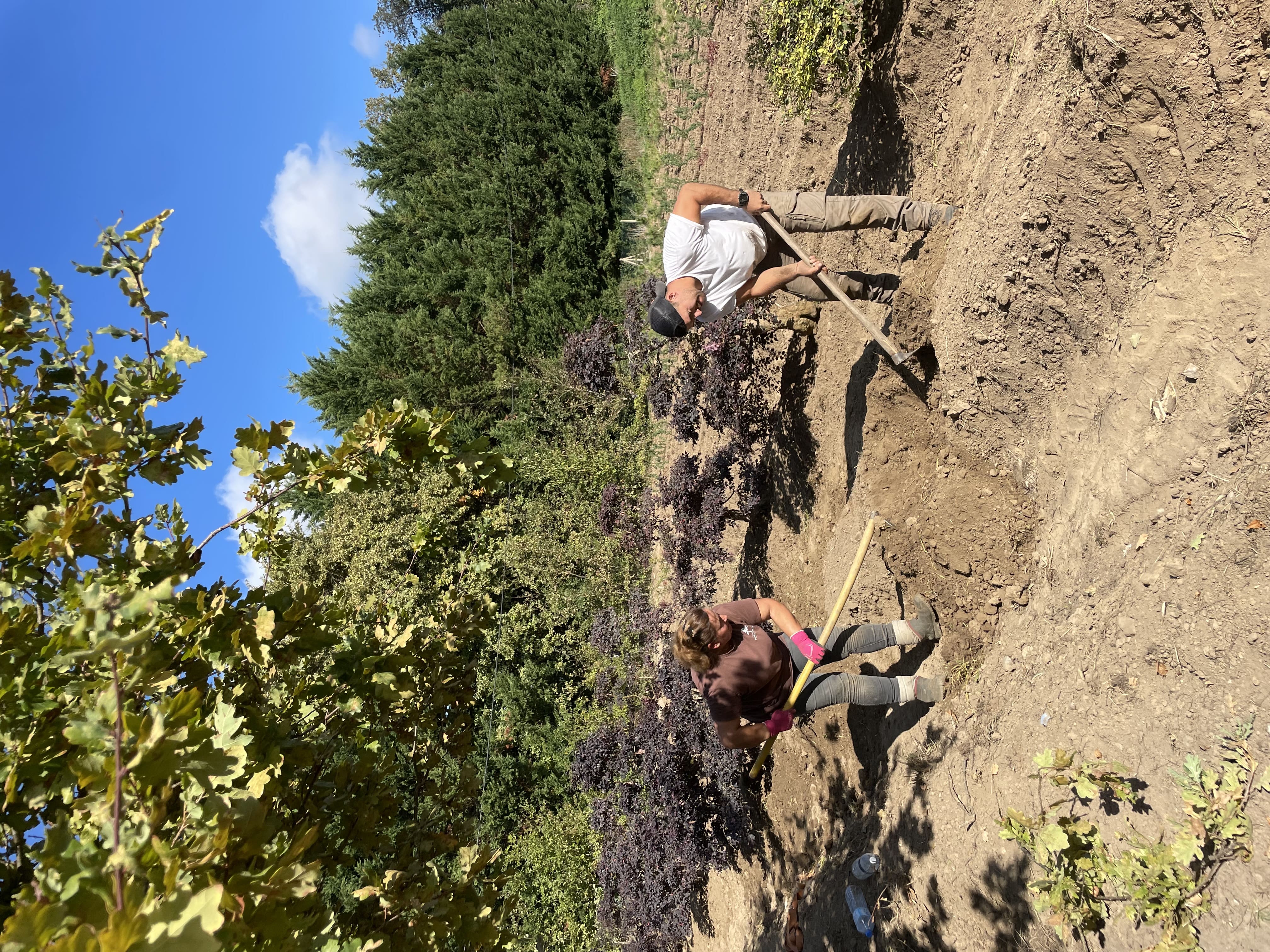
Une précision importante : une méthode efficace, mais pas parfaite
Même si notre approche offre de nombreux avantages, nous tenons à être transparents : ce n’est pas la seule manière de cultiver un bonsaï, et elle comporte aussi des contraintes.
- Ground cultivation requires regular monitoring : trees grow fast and vigorously, which can create flaws if shaping is not done early enough.
- Some trees become difficult to repot, as nature doesn’t always behave exactly as we would like.
- We keep part of the original soil during the first potting stage : it is not the “standard” Japanese substrate, but this method has worked very well for us for many years.
- Not all trees meet strict traditional bonsai standards but many non-specialists simply want a tree they find beautiful, even if it doesn’t follow Japanese rules.
- Other growers choose 100% pot cultivation slower, but perfectly valid. Each method has its benefits.
Our goal remains the same: to produce quality trees, diverse, adapted to our climate, and able to meet strong demand. It is long, demanding work, and we constantly refine our practices to improve each year.
Conclusion
Alternating between ground growing and pot cultivation is not a rejection of the art of bonsai: it is an approach consistent with our experience, our growing conditions, and our desire to produce strong and harmonious trees.
Like any method, it has its advantages and limits. What guides us above all is respect for the tree, daily observation, and the passion for producing healthy, unique, long-lasting specimens.
You can discover our trees in cultivation and our advice directly on our website.
Bonsai cultivation : in the ground or in a pot? Our answers to your questions !
On our Instagram account, many of you ask us about bonsai cultivation: should trees be planted in the ground or kept in pots? When should they be repotted? What are the risks for the roots?
We’ve gathered your most frequent questions and our answers, based on more than forty years of family experience.
Voir cette publication sur Instagram
“Do you plant bonsai that have finished their shaping in autumn and replant them in spring ? Or do they stay in the ground for several years ?”
We work both in the ground and in pots, depending on the tree’s stage of development and its needs.
Planting can take place either in autumn or in spring.
Young trees still in training are often placed in the ground to encourage their growth. This allows them to develop a strong trunk and well-structured branches more quickly.
Other, more advanced trees may return to the ground after some time in a pot, to regain vigor before continuing their progression.
In general, we leave them in the ground for a maximum of two to three years before repotting them.
It is a rotational process with no fixed rules: each tree has its own rhythm.
Our goal is always the same: to obtain balanced, healthy, harmonious trees while respecting their natural development.
“But isn’t pot culture the very essence of bonsai?”
You’re absolutely right !
By definition, a bonsai is a tree grown in a pot.
But our profession goes a bit further: we are a production nursery, which means we create our bonsai from start to finish, from young seedlings to fully trained trees.
During their development, some trees go through a phase in the ground.
This allows them to strengthen, grow faster, and develop a well-proportioned trunk.
It’s not an obligatory step, but it often saves several years of cultivation compared to exclusive pot growing.
Once the tree reaches the right stage, it is placed back in a pot, where its refinement continues until it becomes a true bonsai ready for sale.
“Do all trees that have grown in the ground survive the transition back to a pot ?”
This is a crucial question, because this transition requires a lot of know-how — and especially, the right timing.
When we lift a tree from the ground, we never work bare-root.
We keep a soil ball around the roots to limit stress and ensure better recovery.
The tree is then placed in a pot with this same soil, often clayey and compact, which acts as a transitional substrate.
Only at the next repotting do we gradually replace this soil with a mix better suited for pot cultivation.
Each species reacts differently, and this is where experience is essential.
This method, initiated by Mr. Galinou over 40 years ago, is part of our family know-how. Thanks to it, we achieve excellent recovery results.
Of course, zero risk does not exist: some varieties have more fragile roots or slower recovery. But each extraction is done carefully to give the tree the best possible chance to develop harmoniously.


 Production of French Bonsai
Production of French Bonsai

